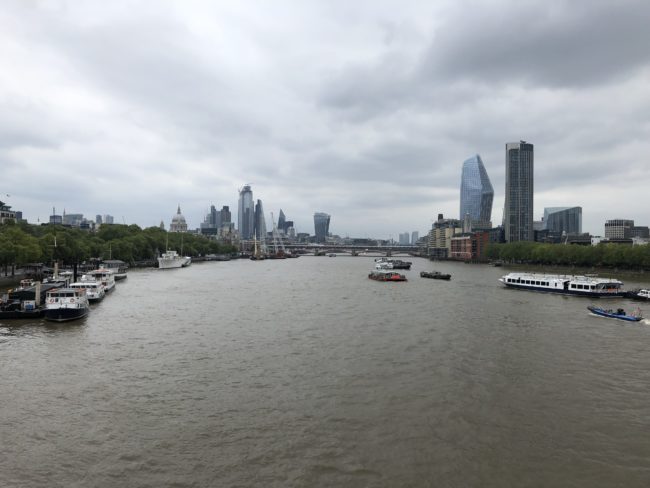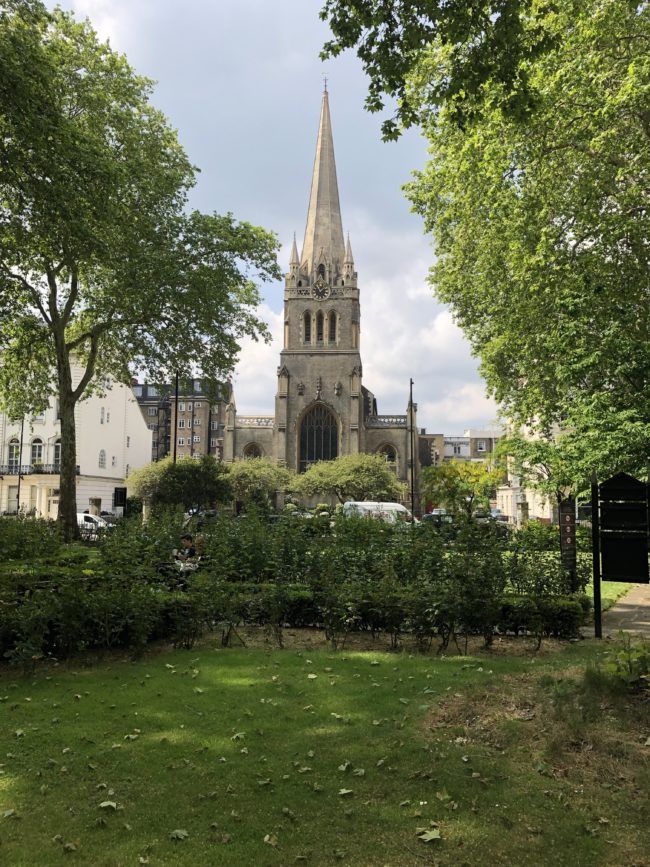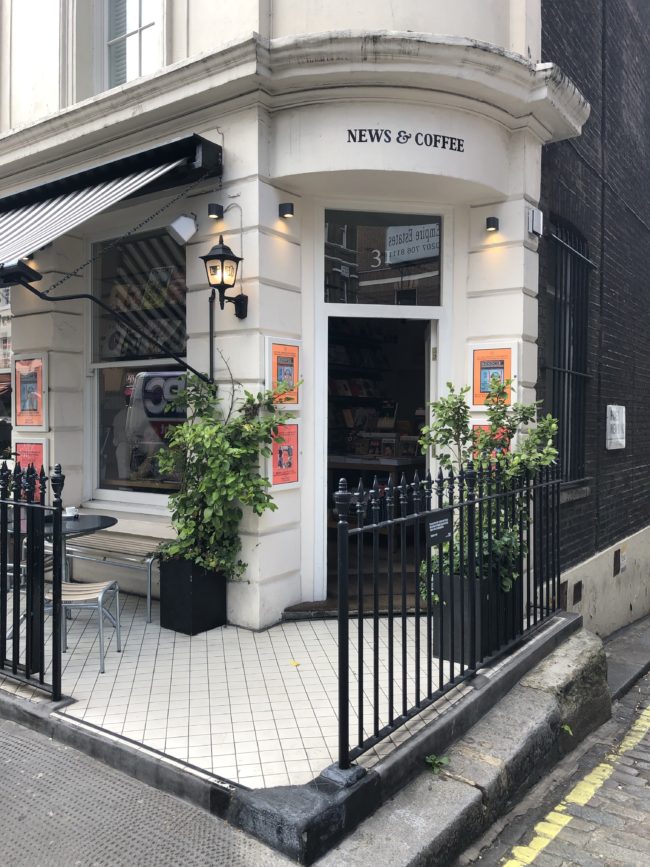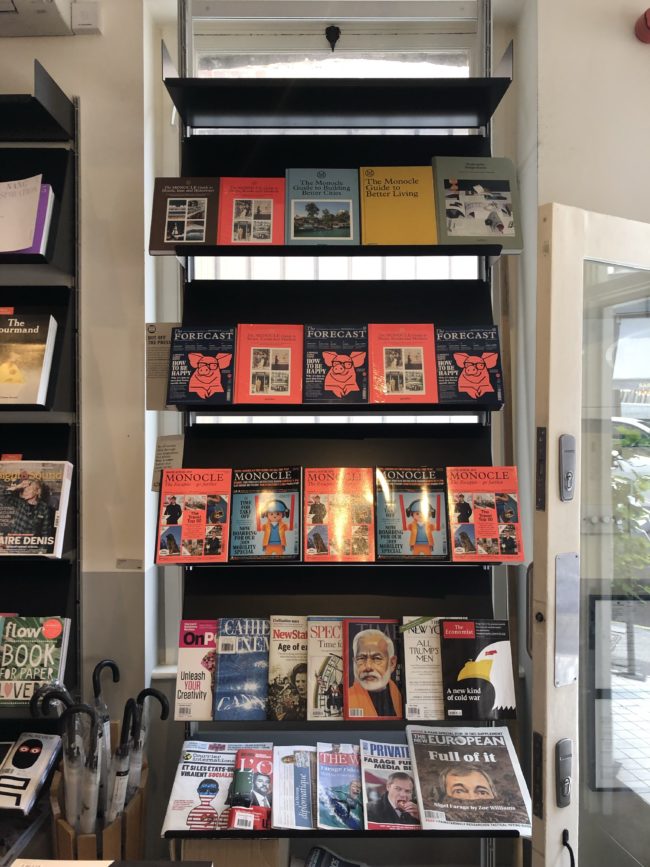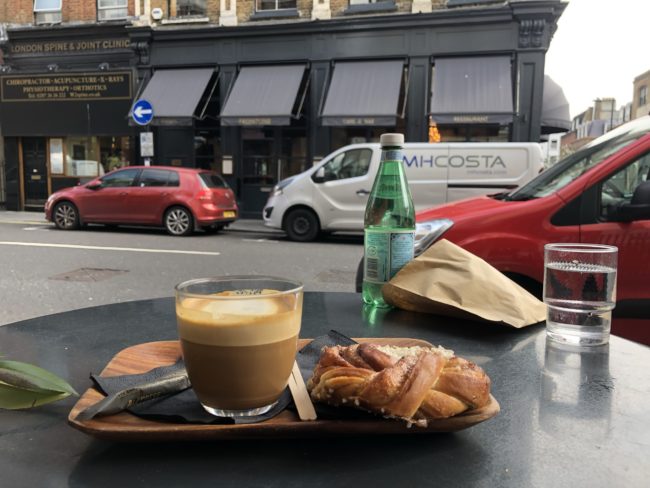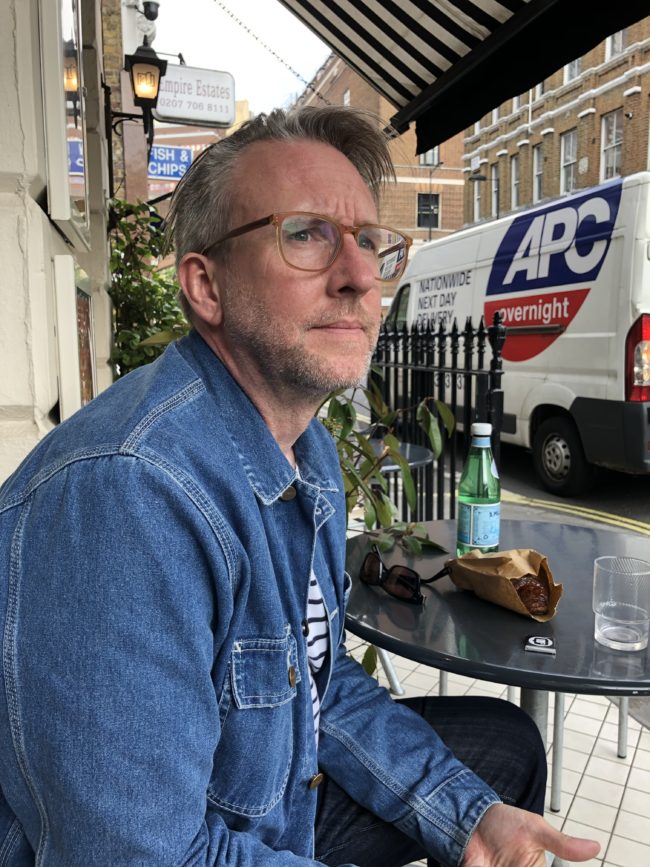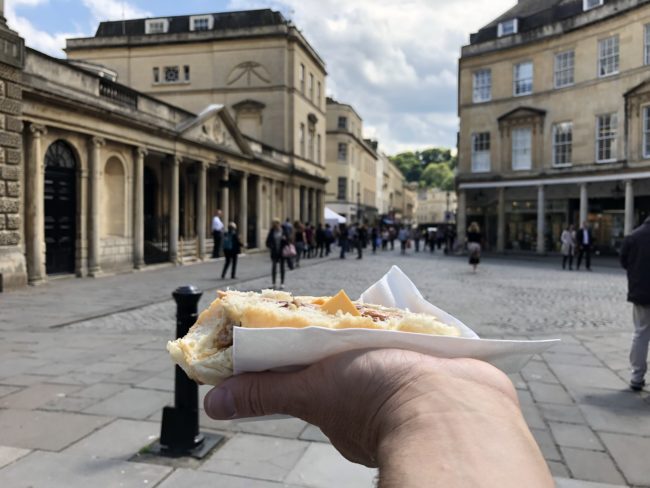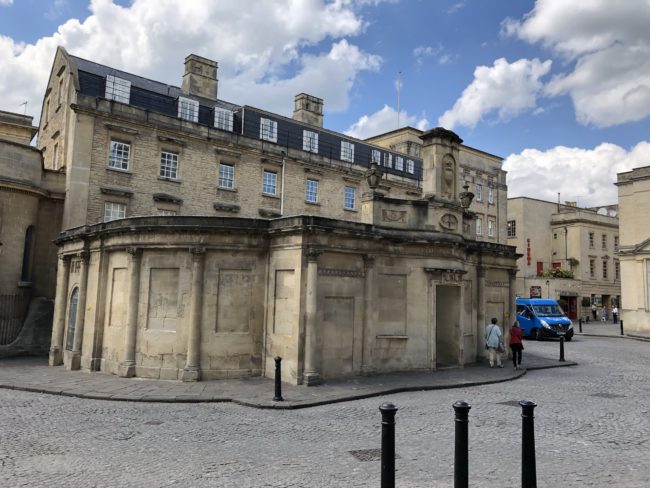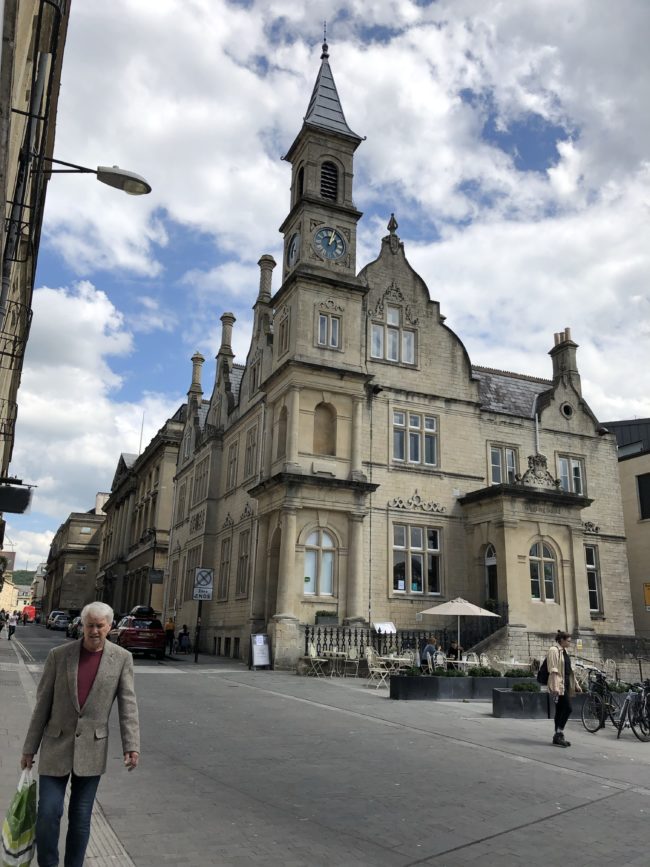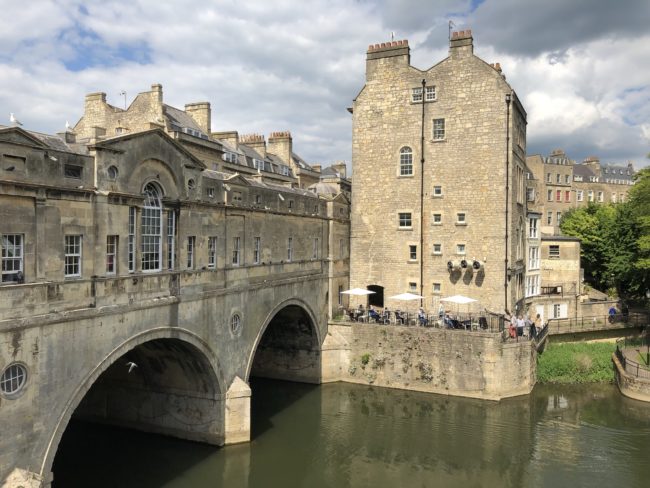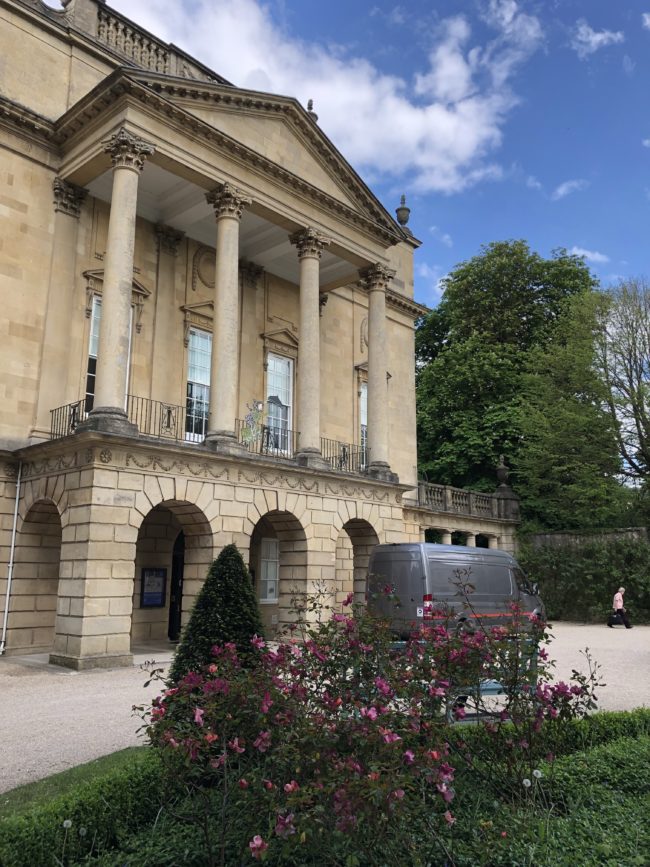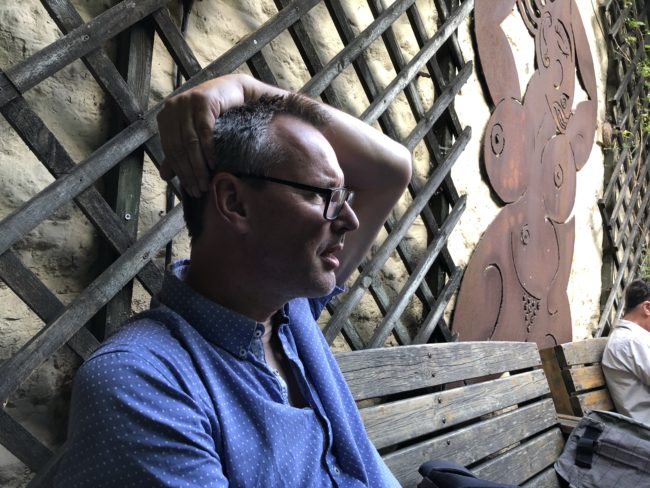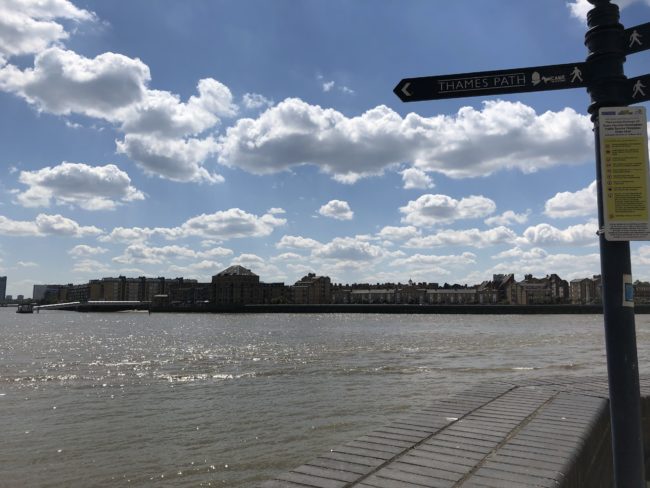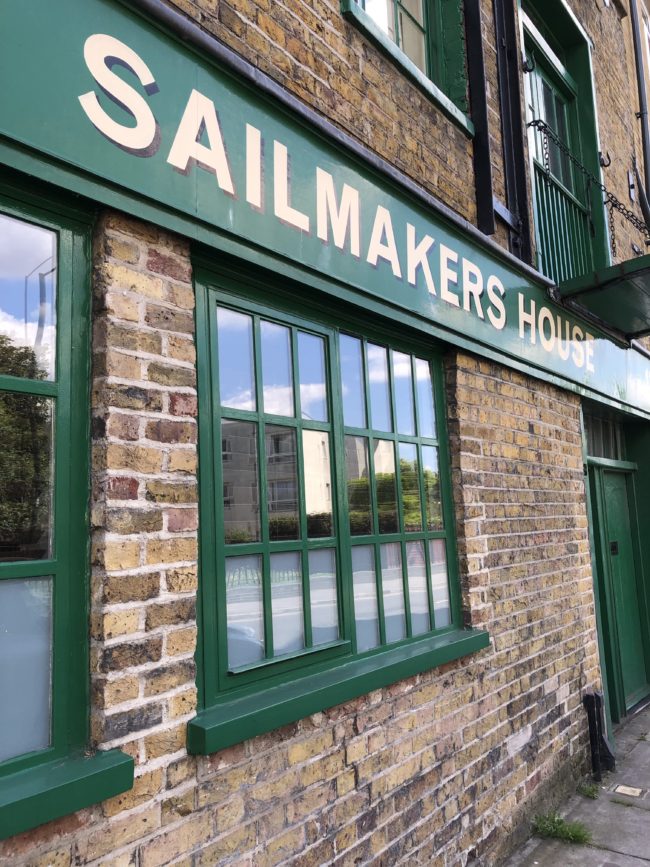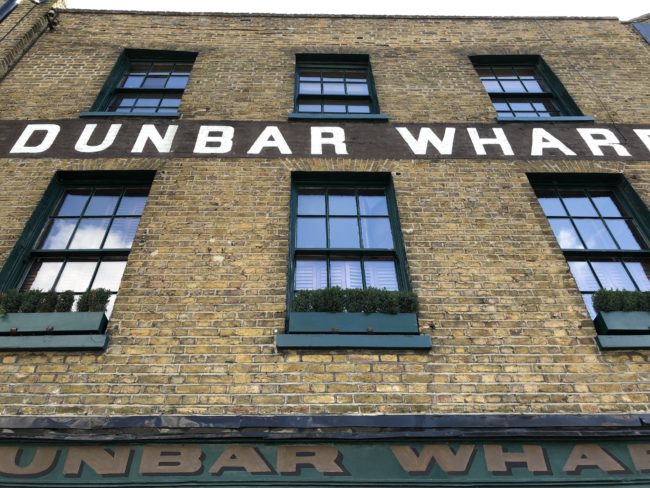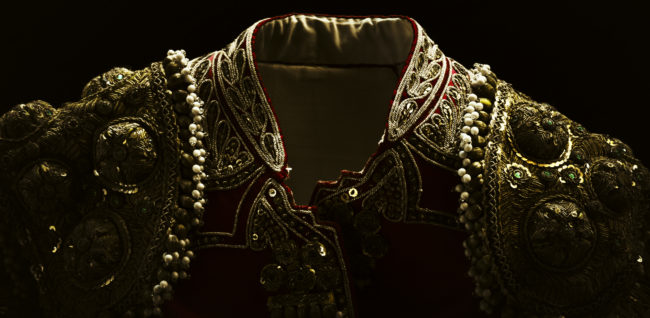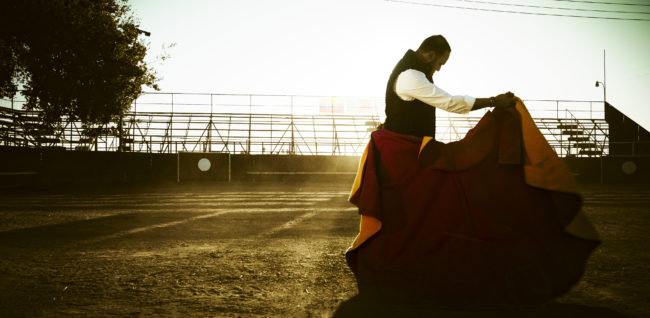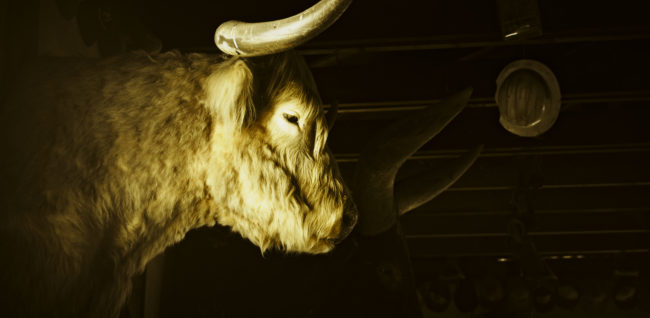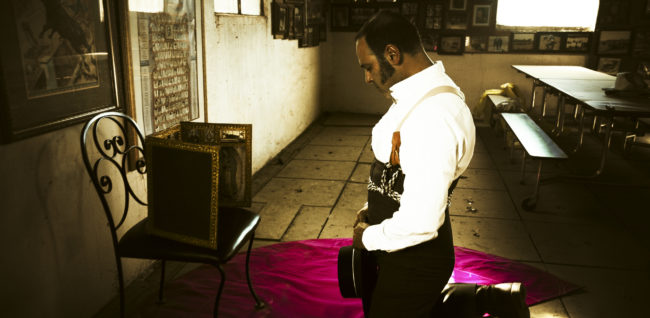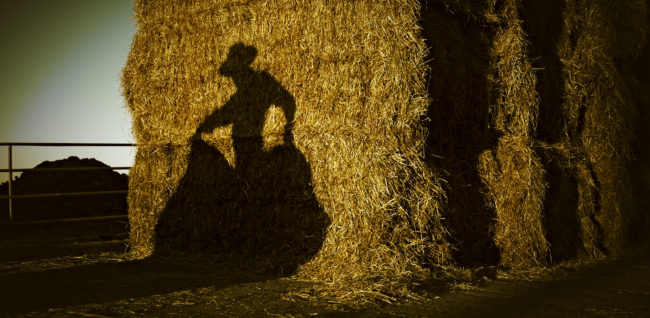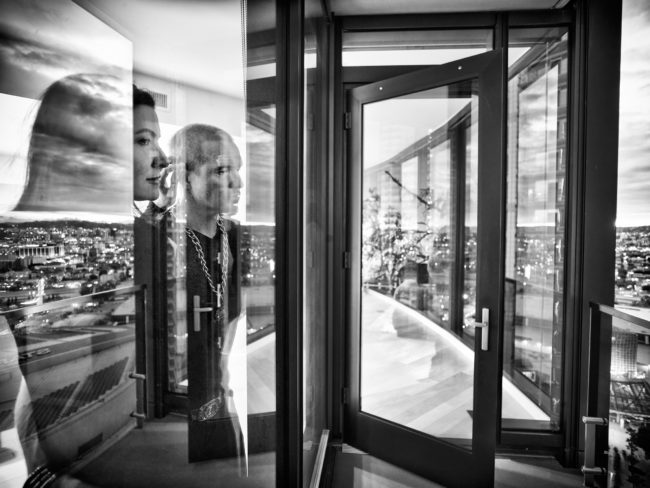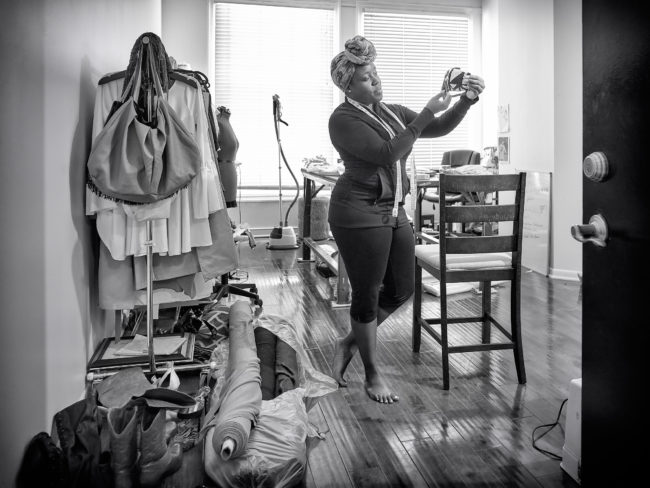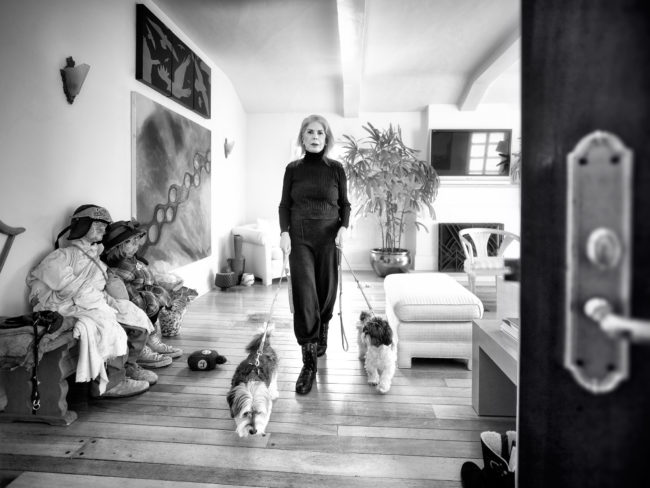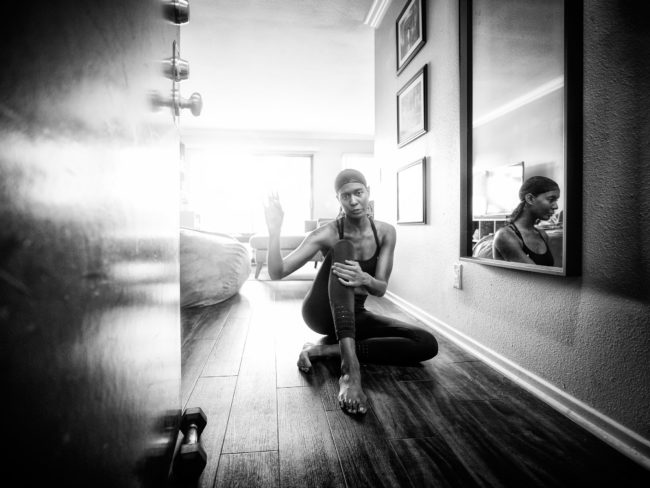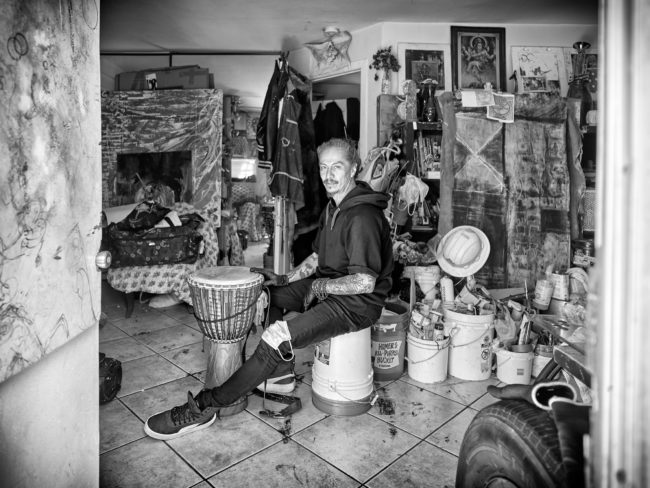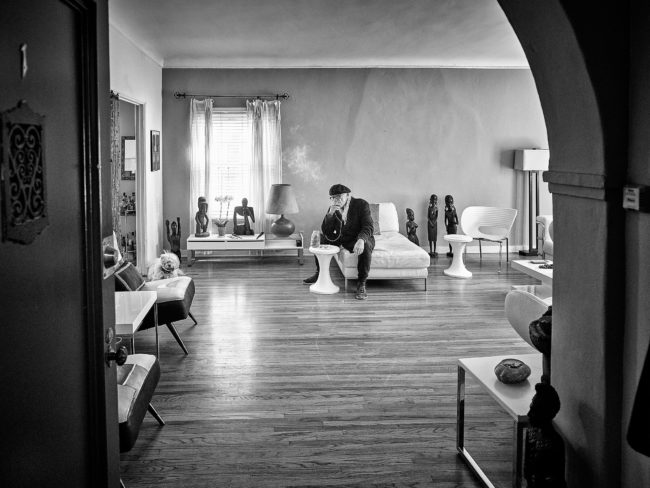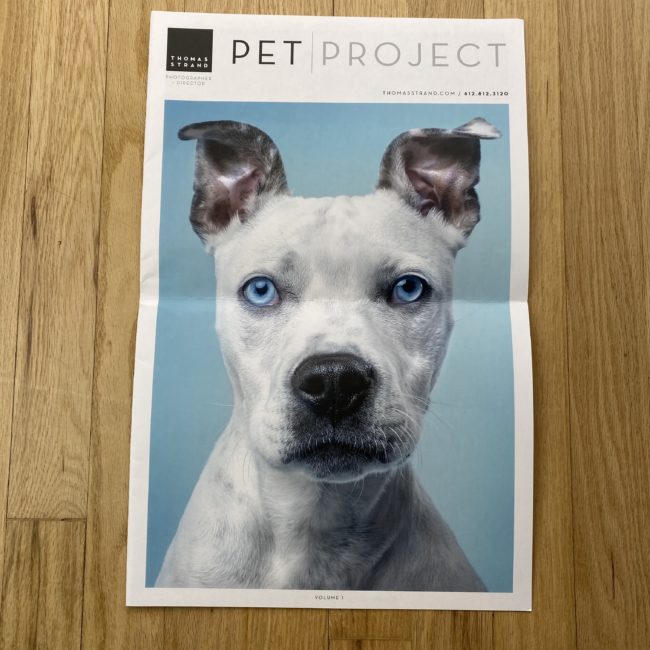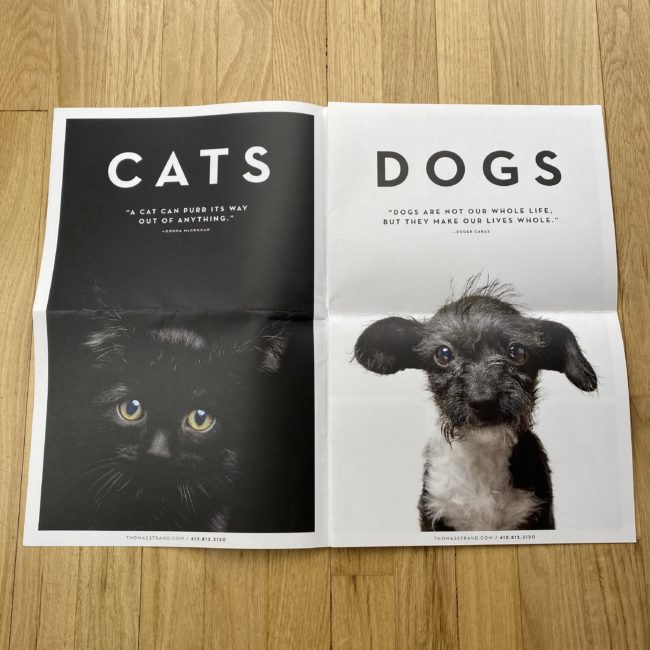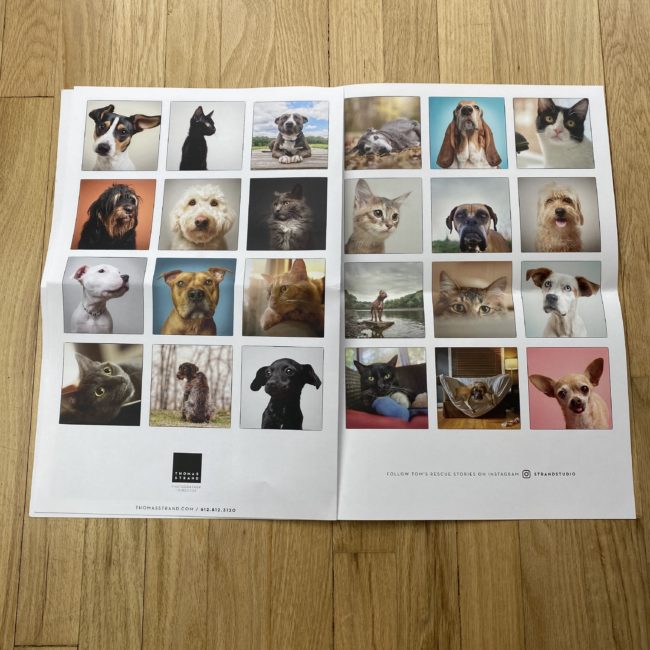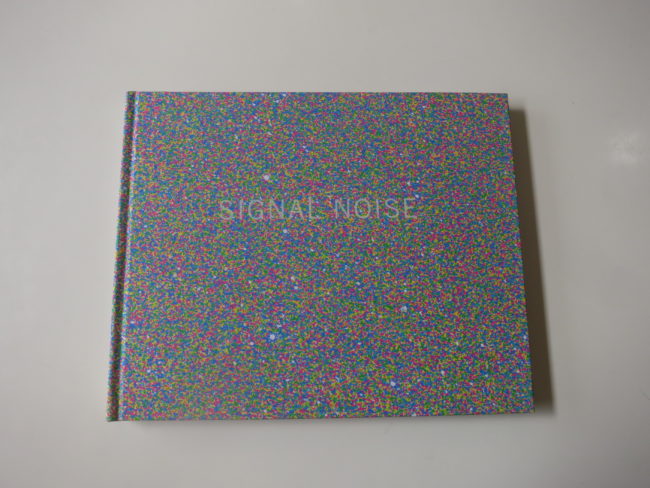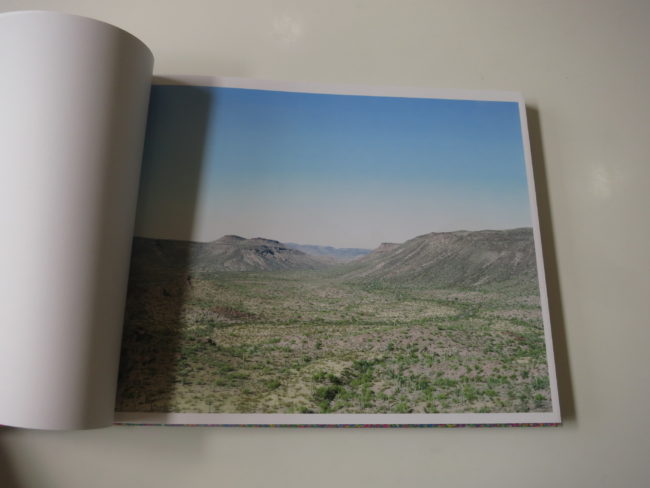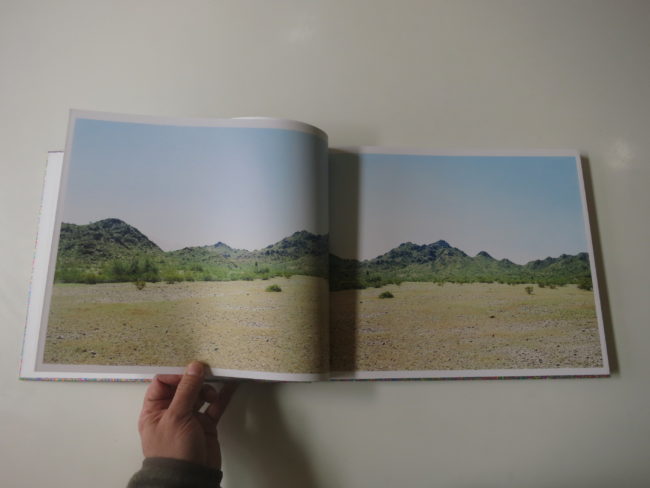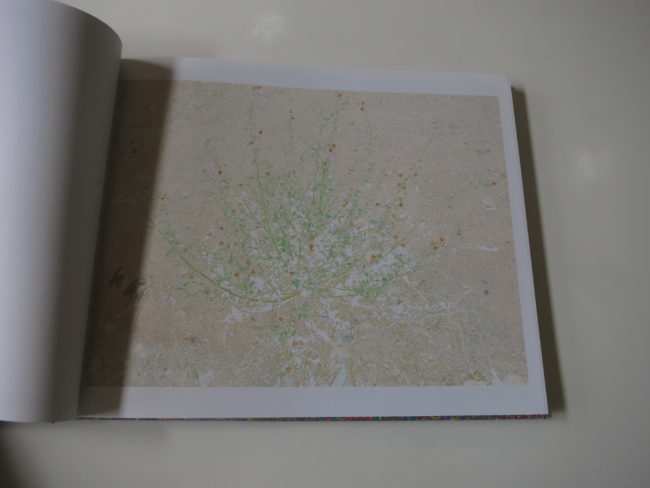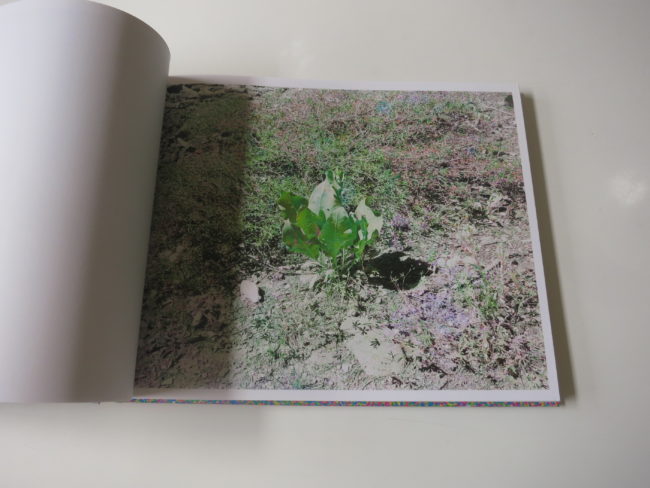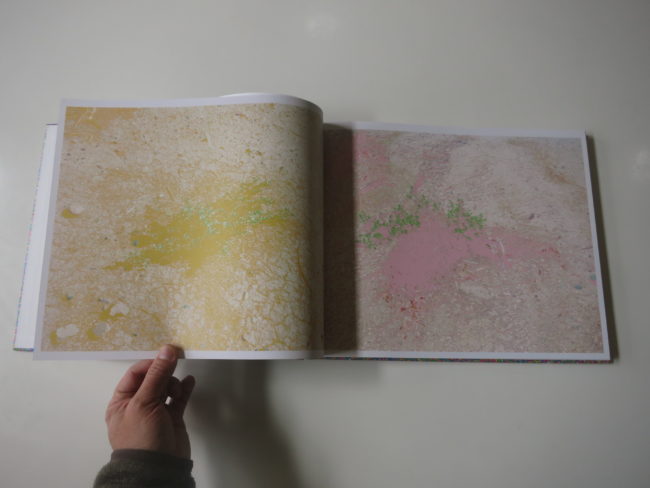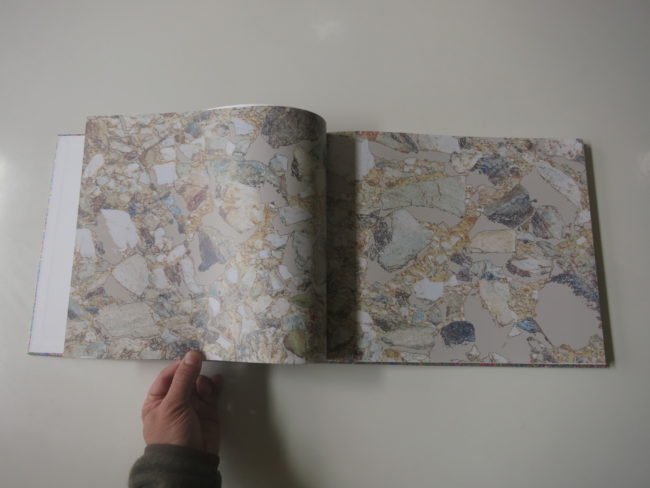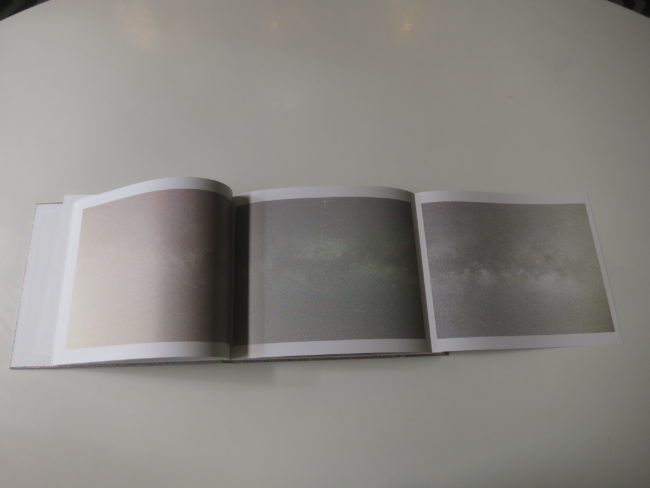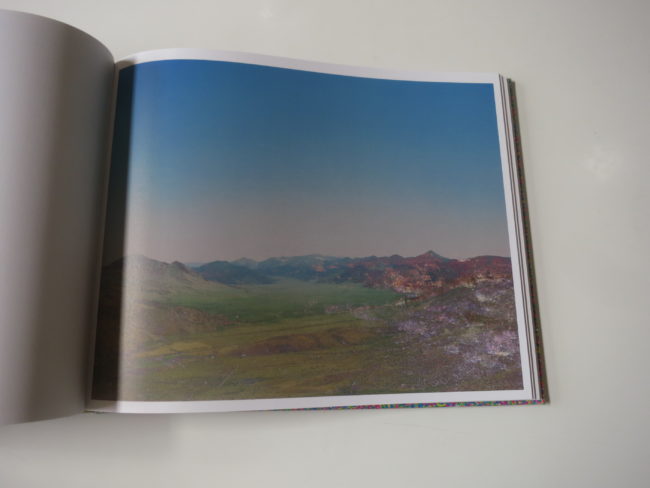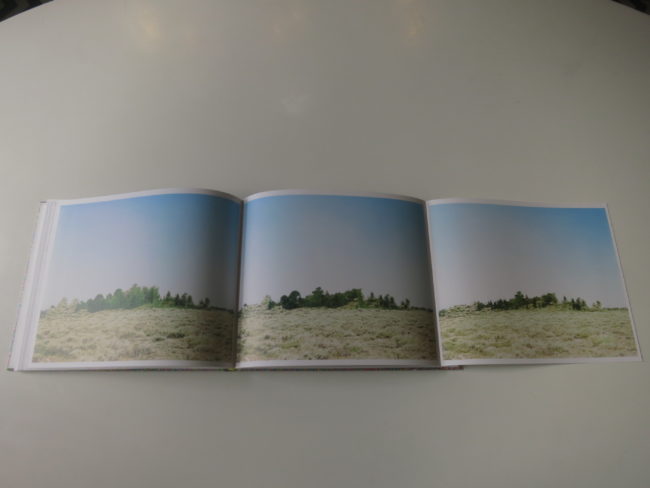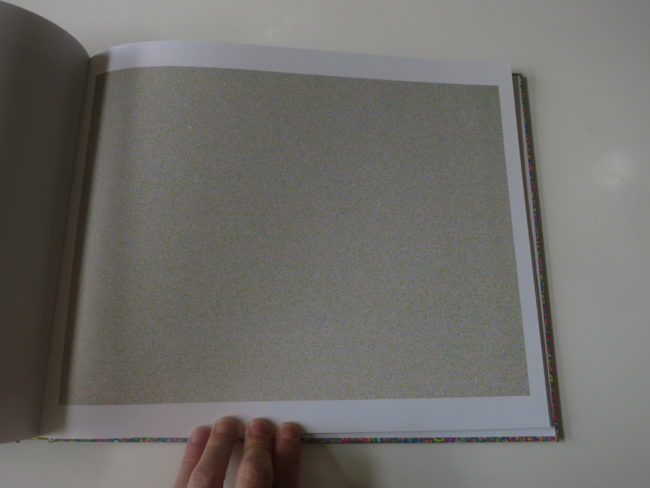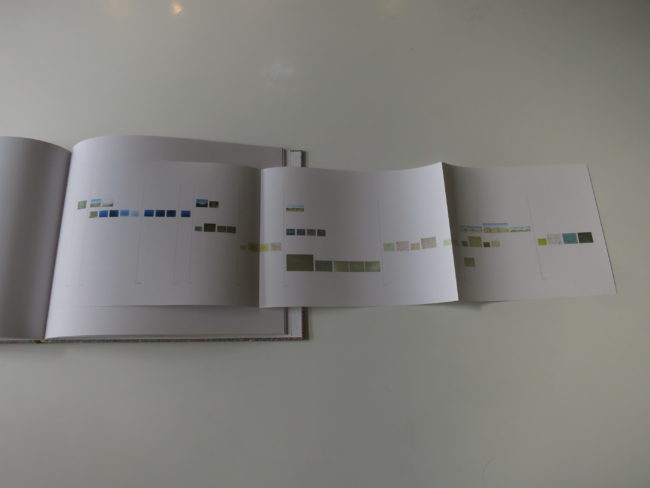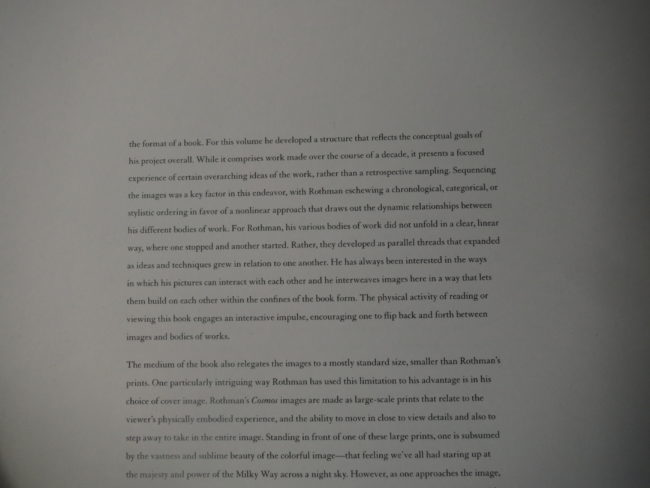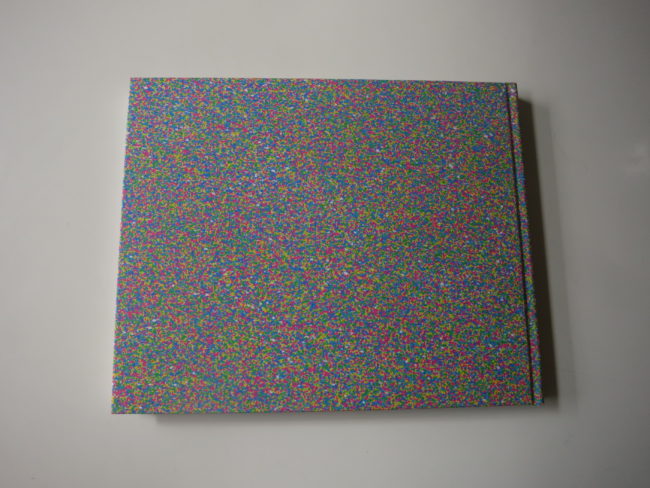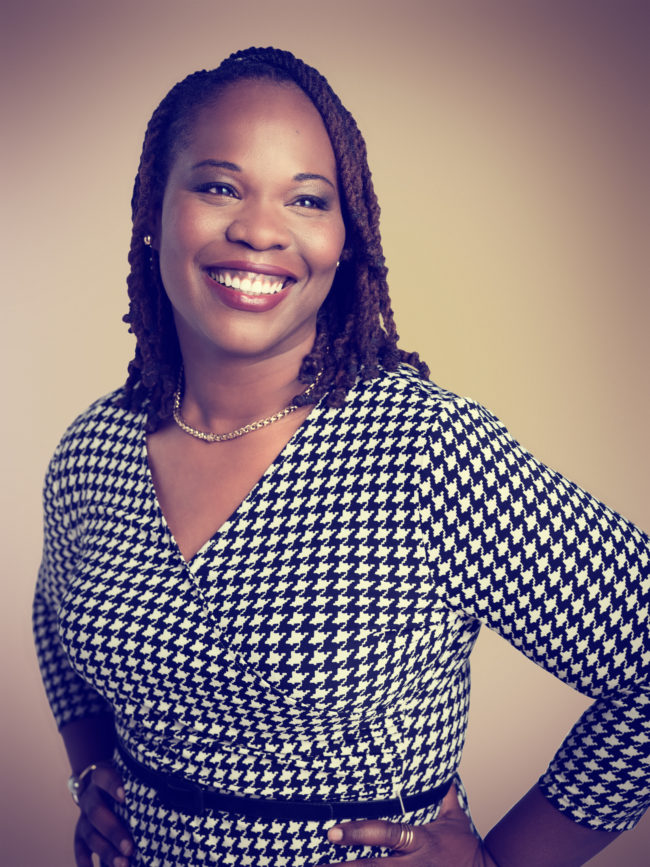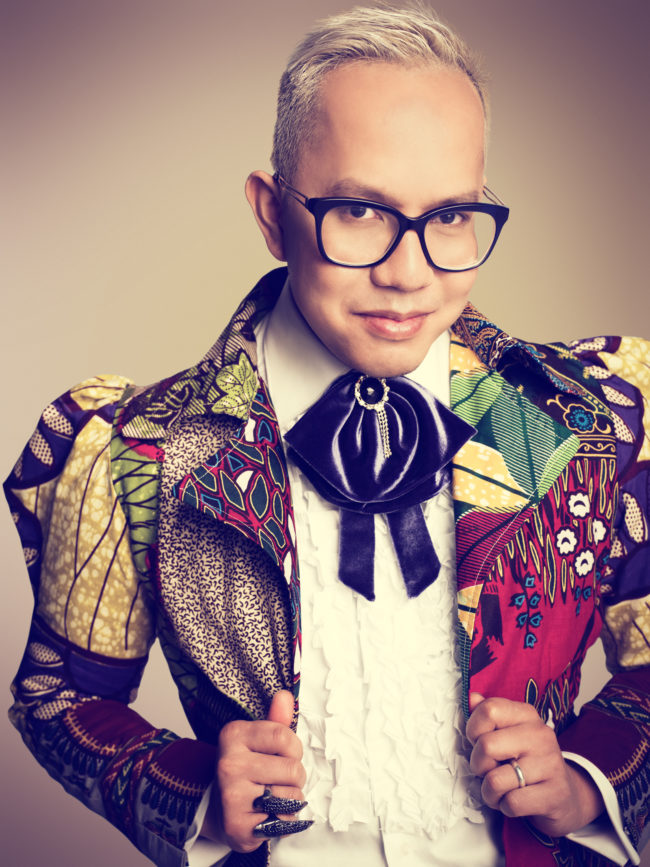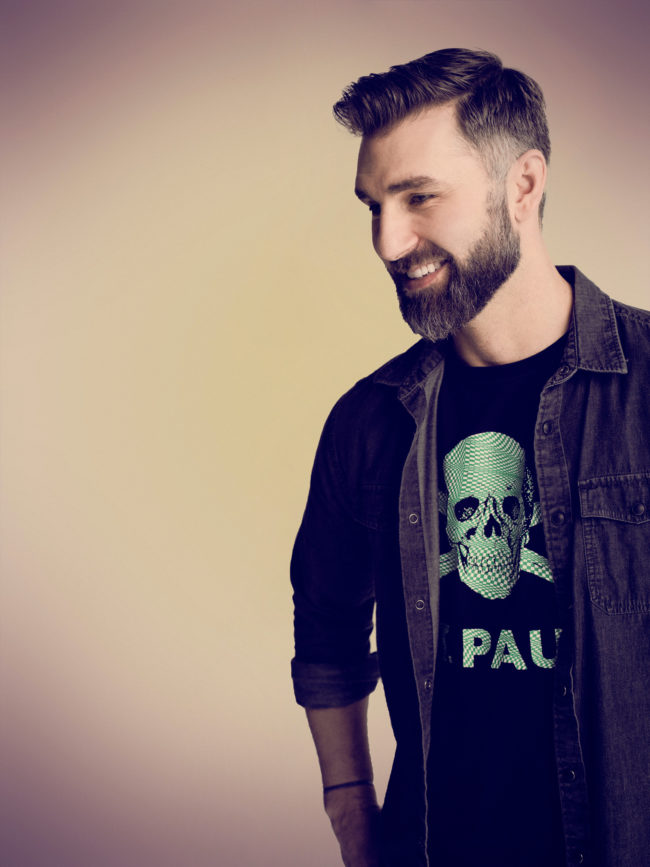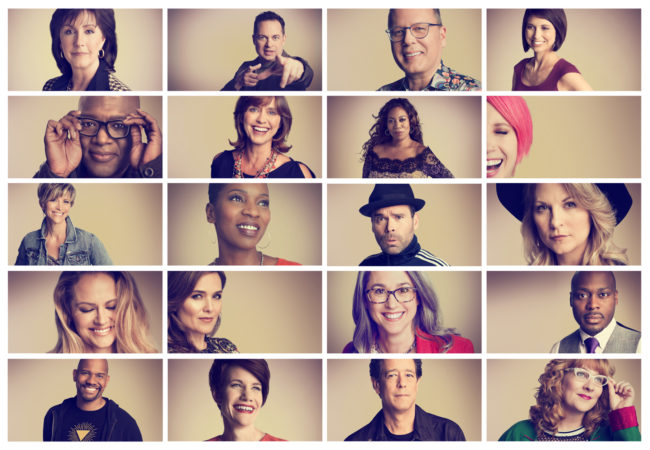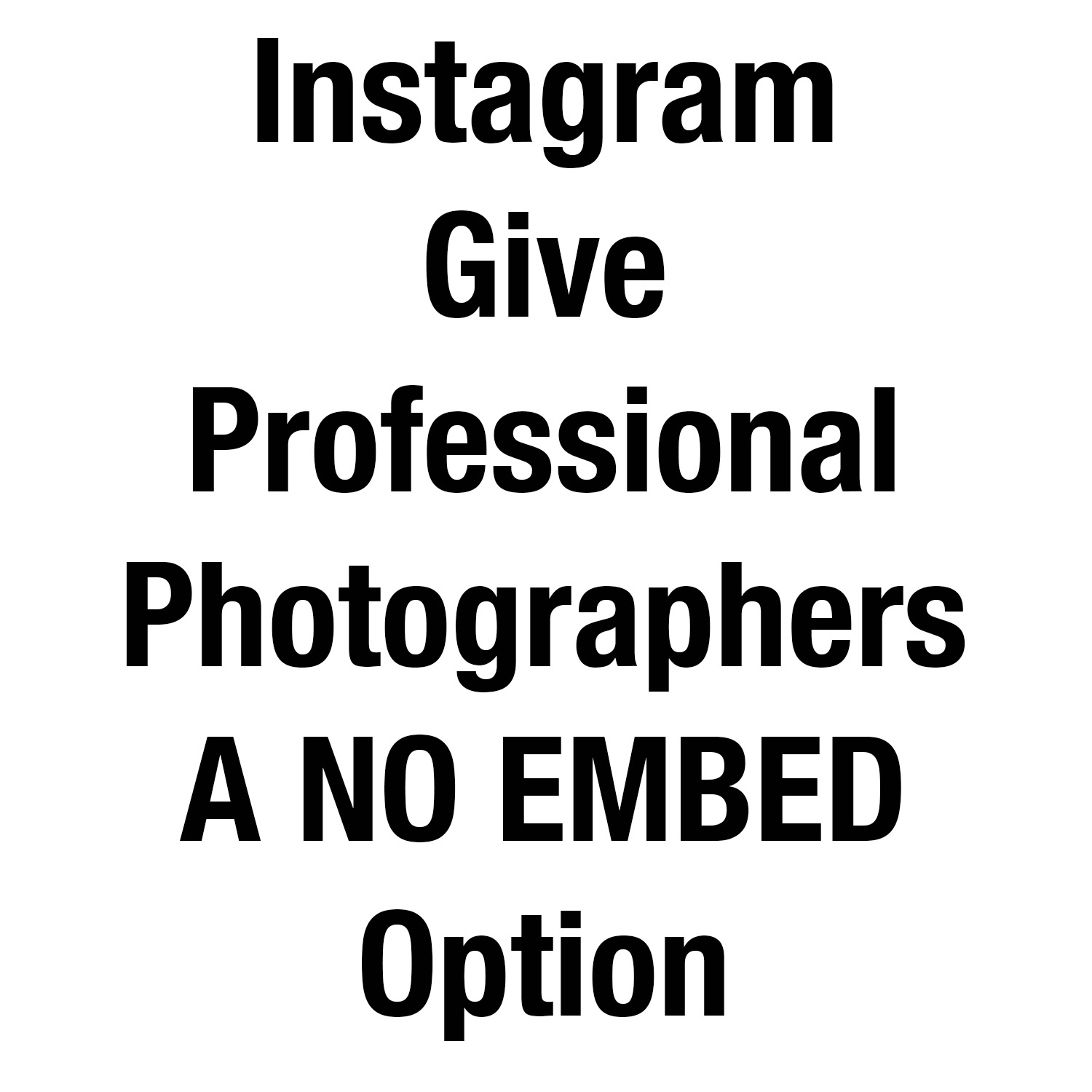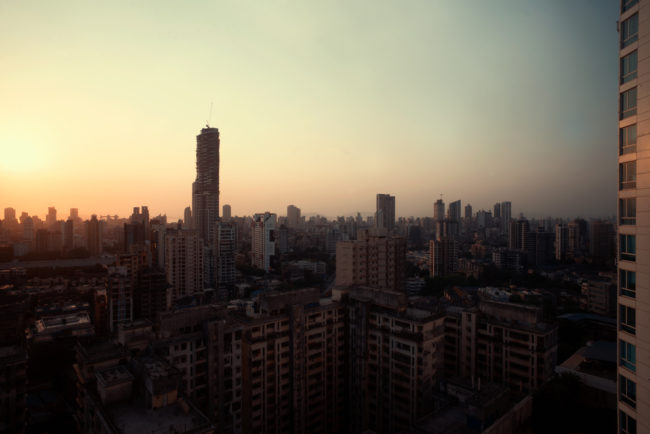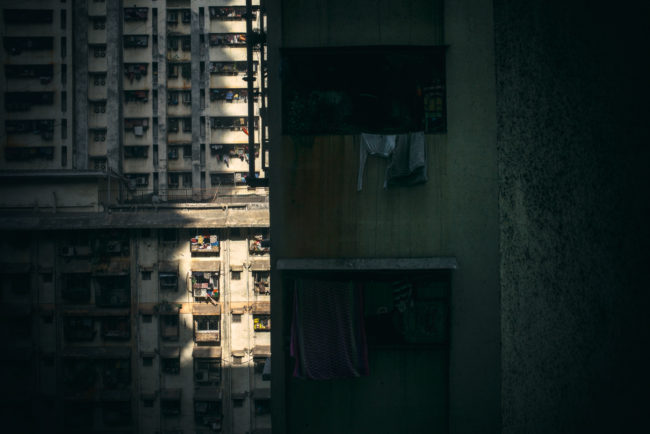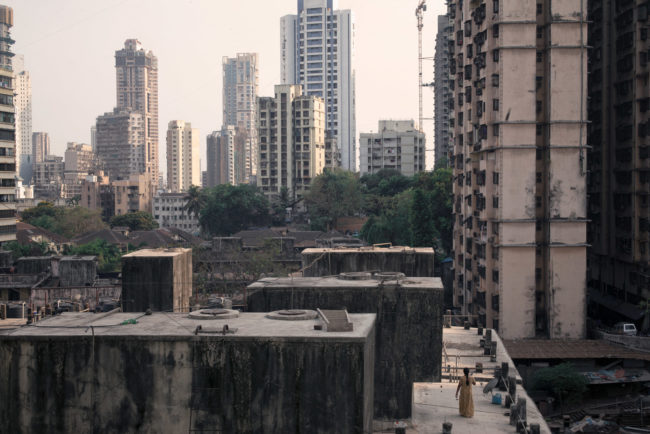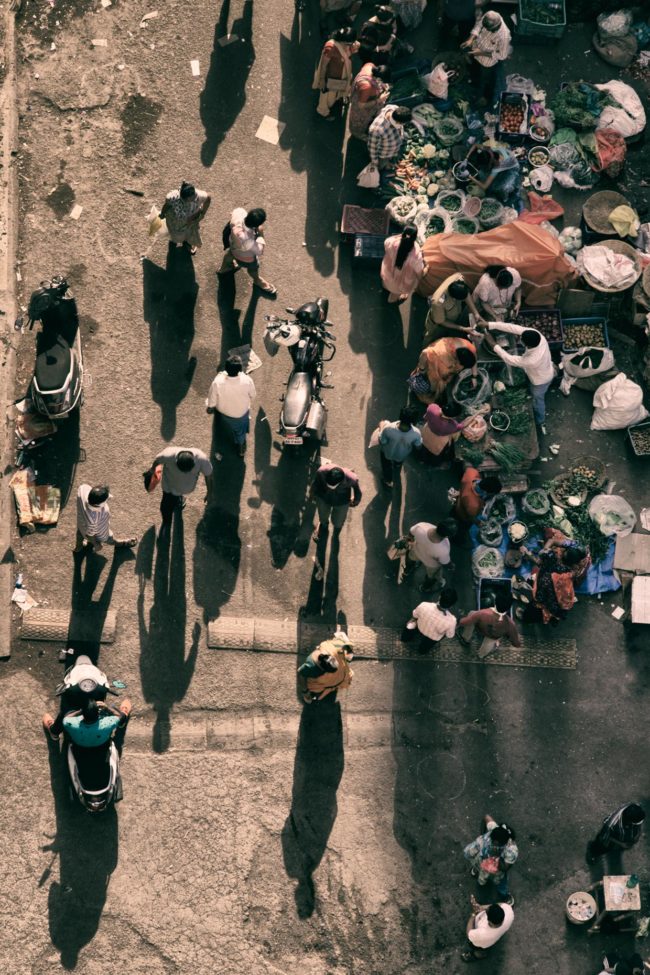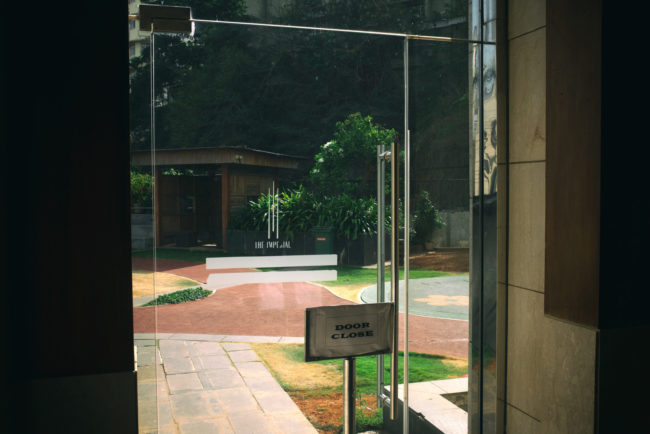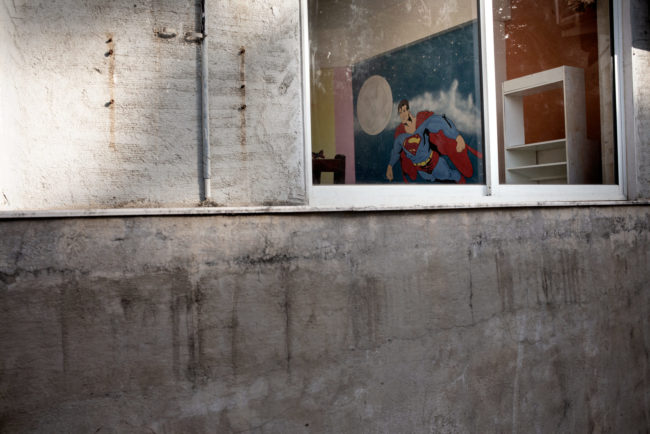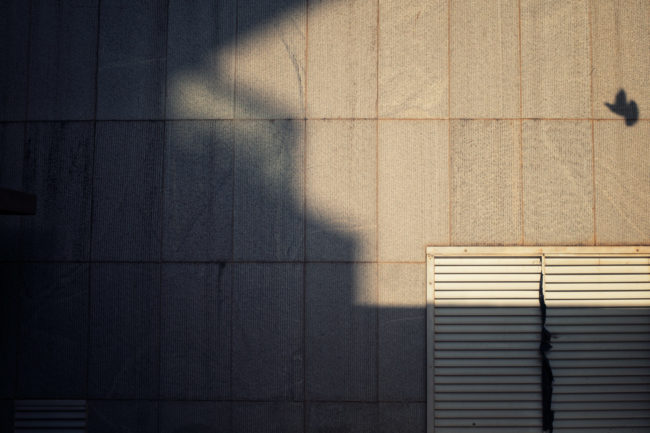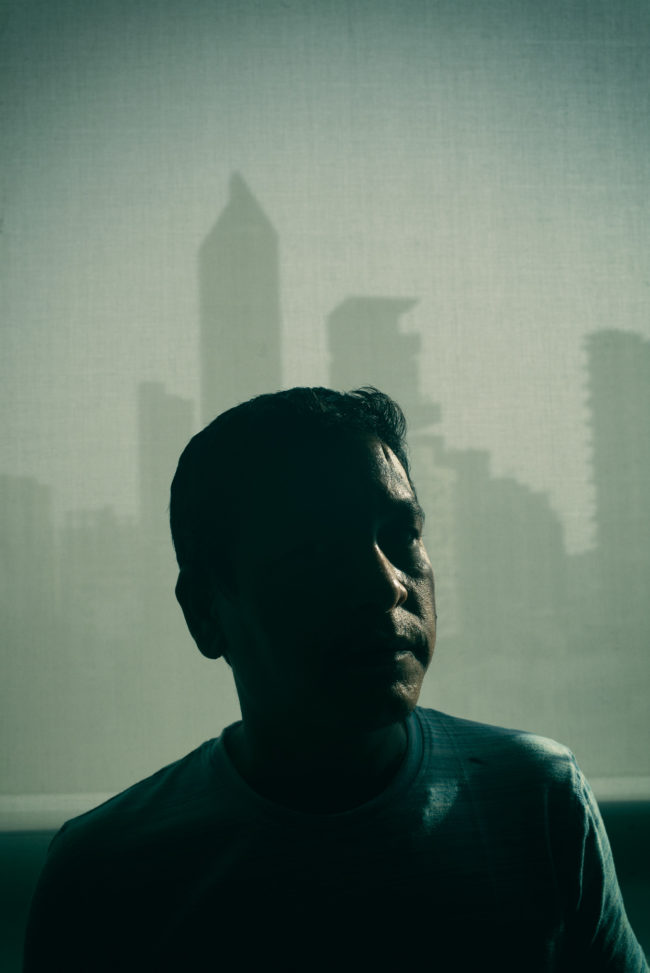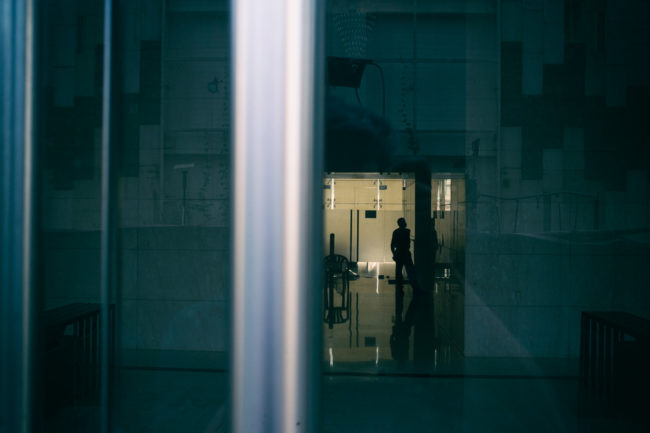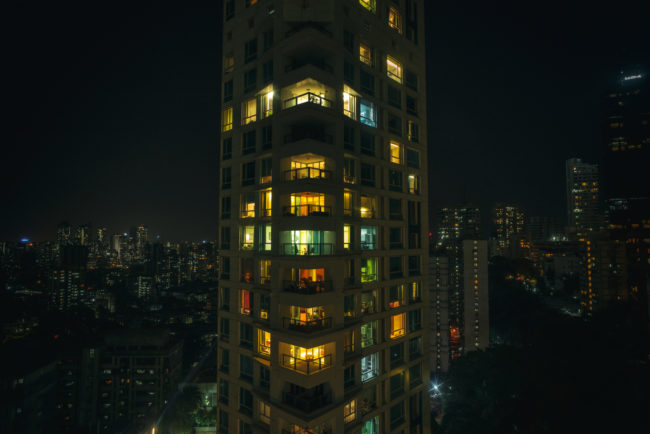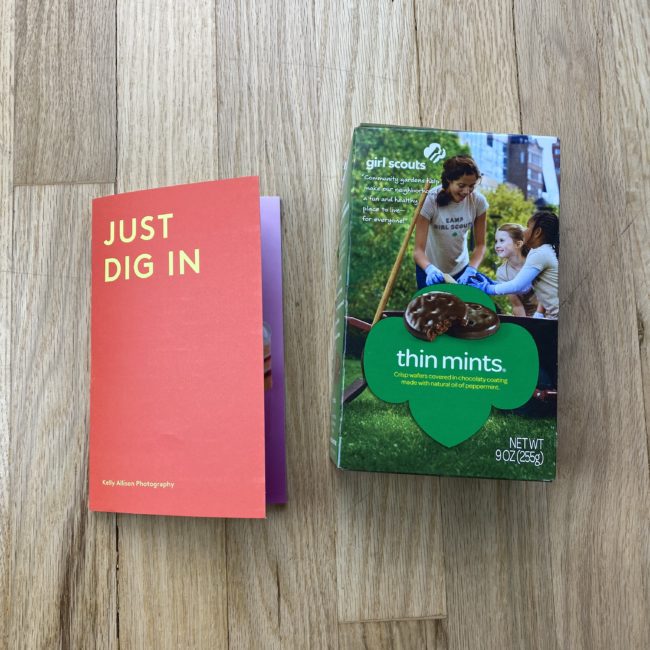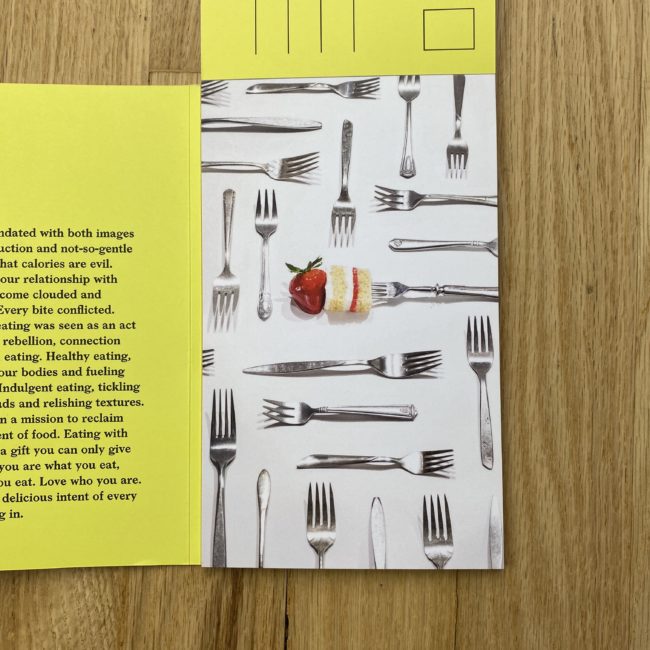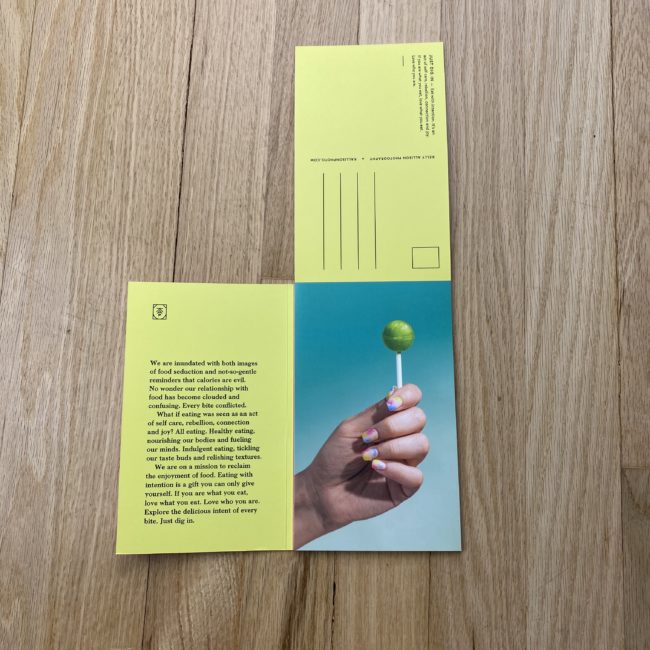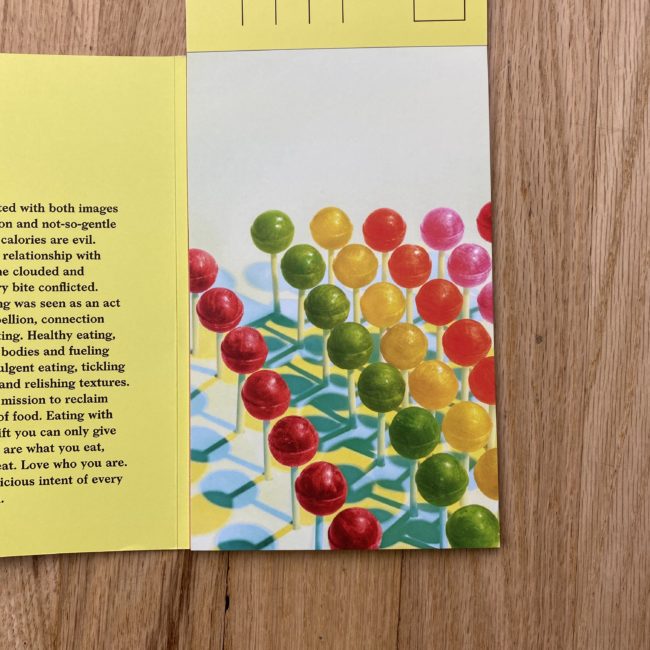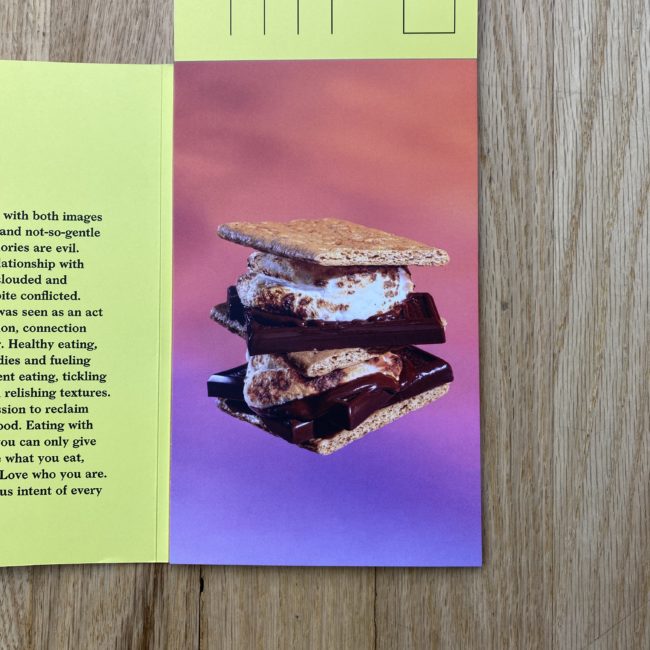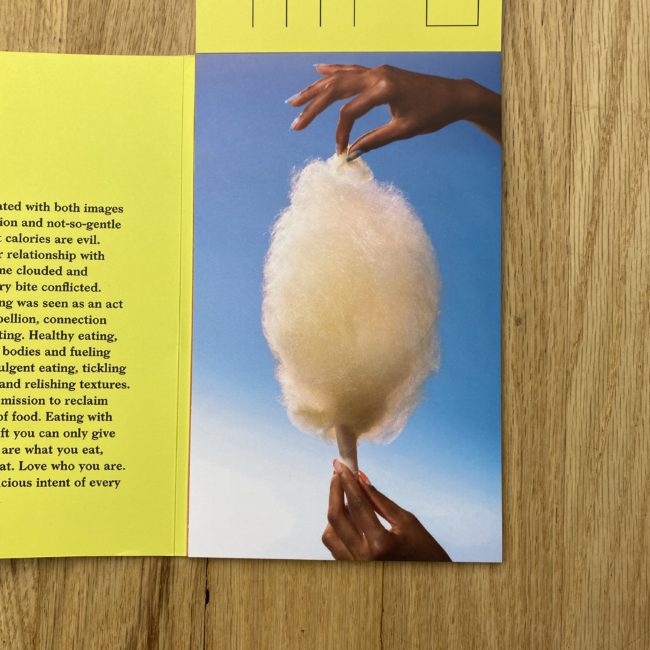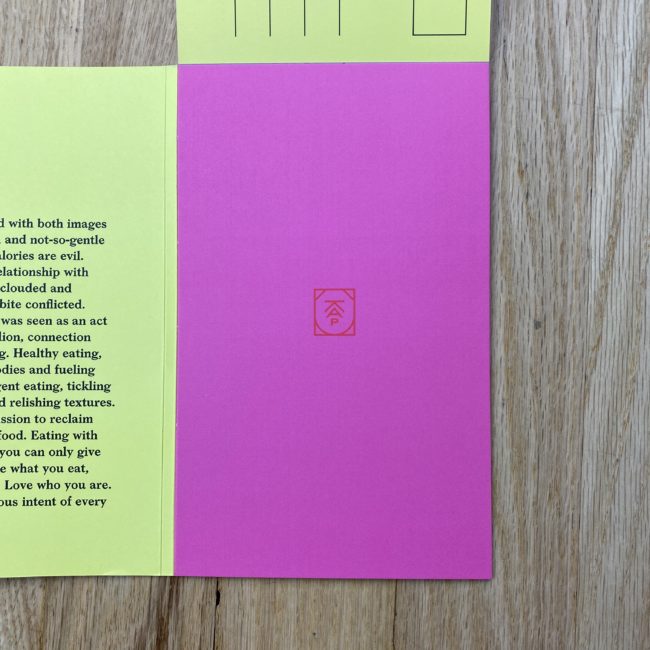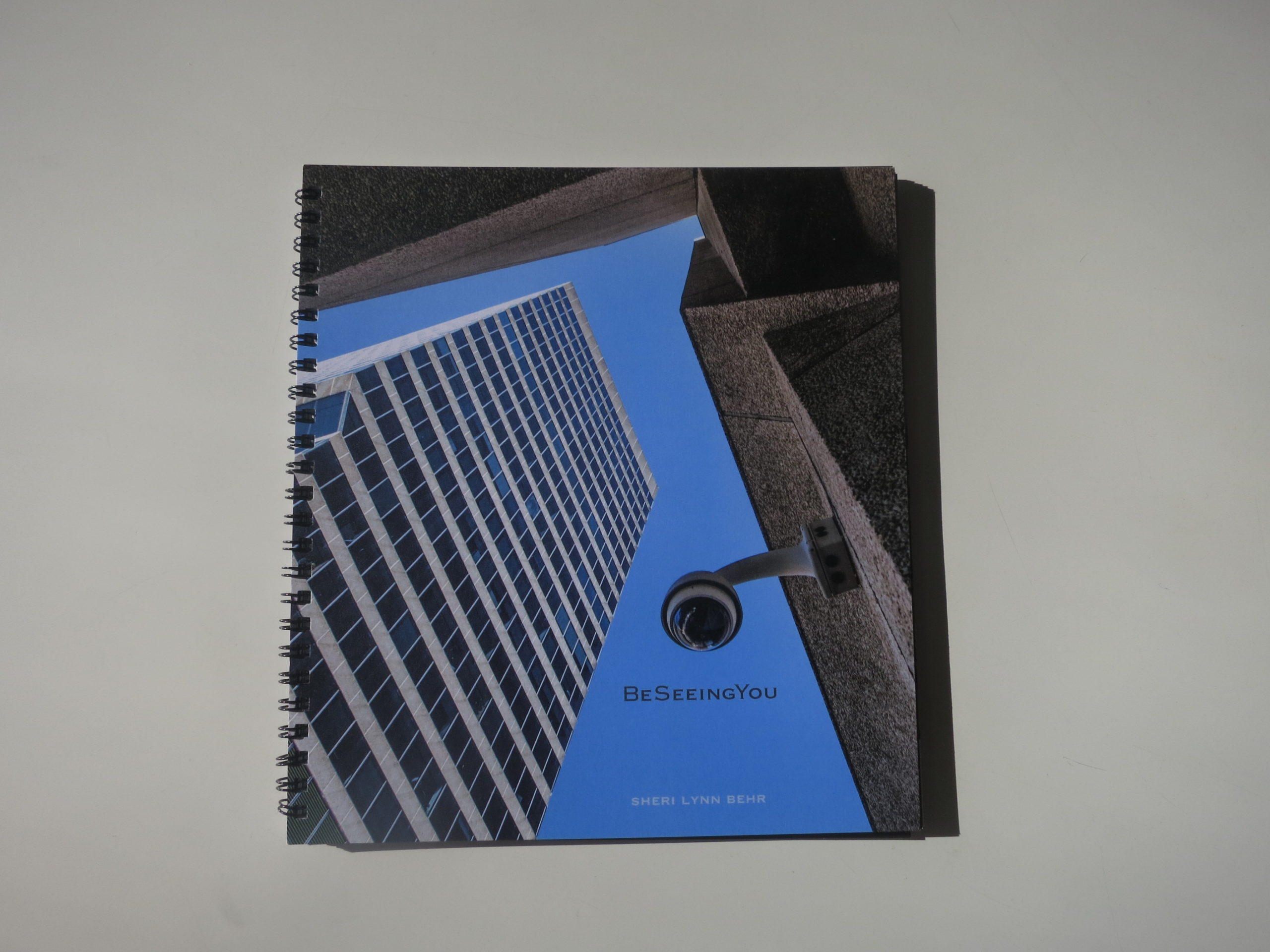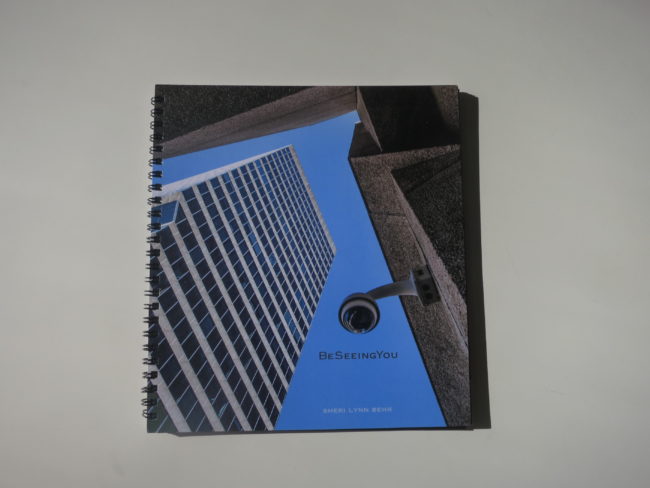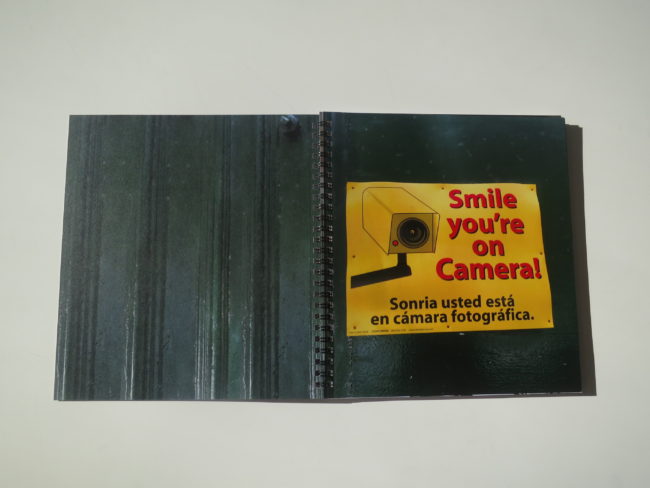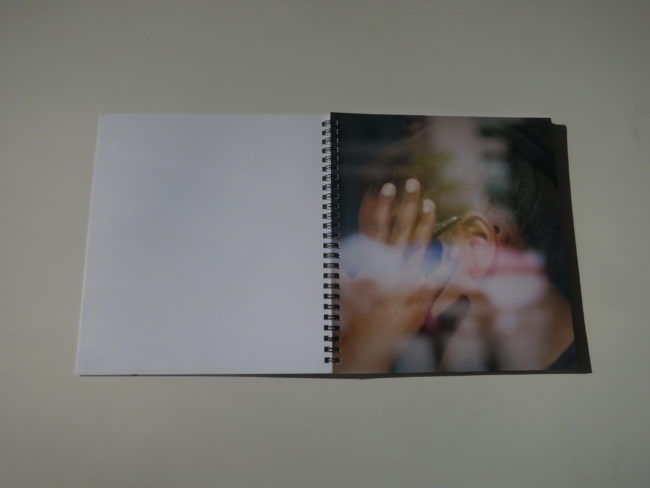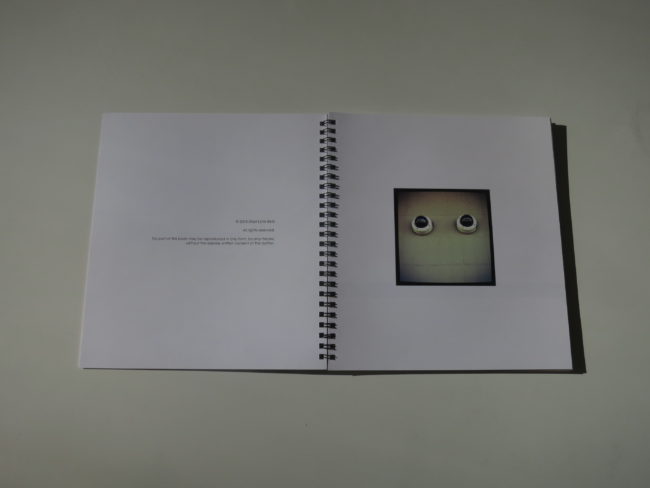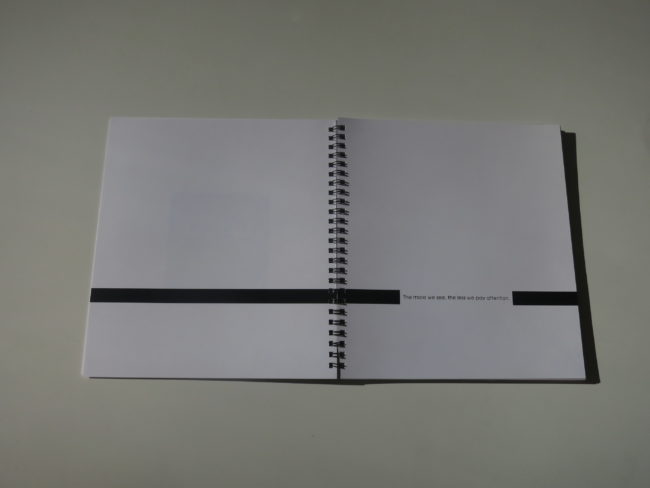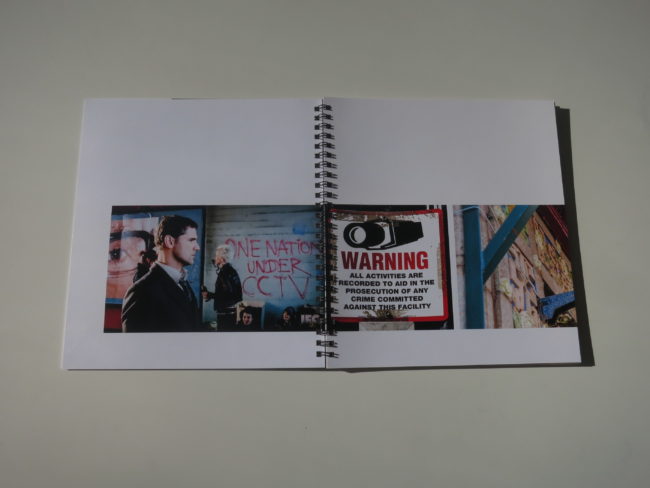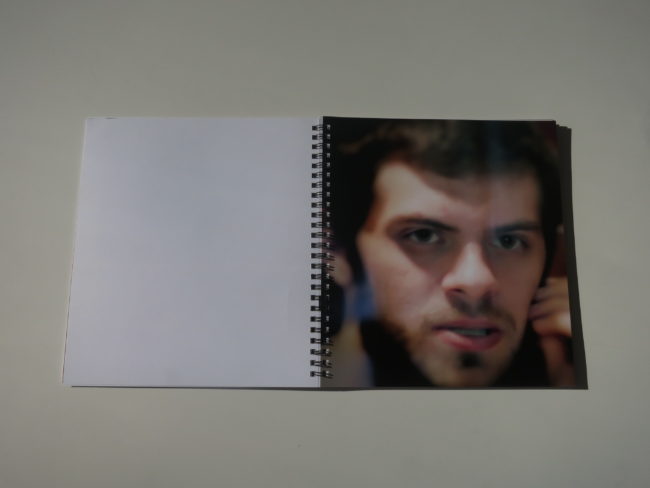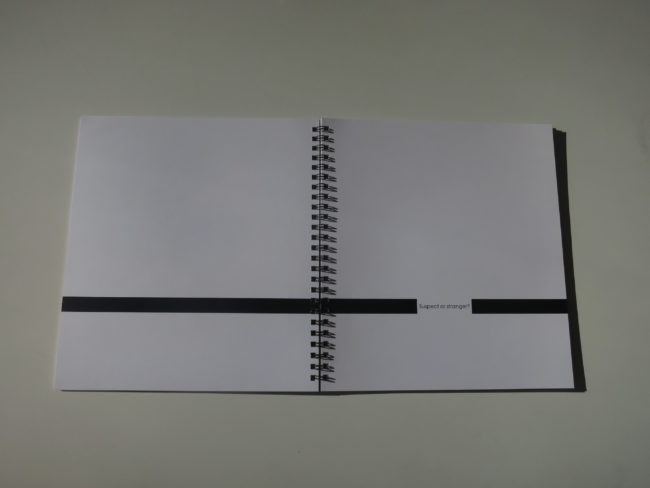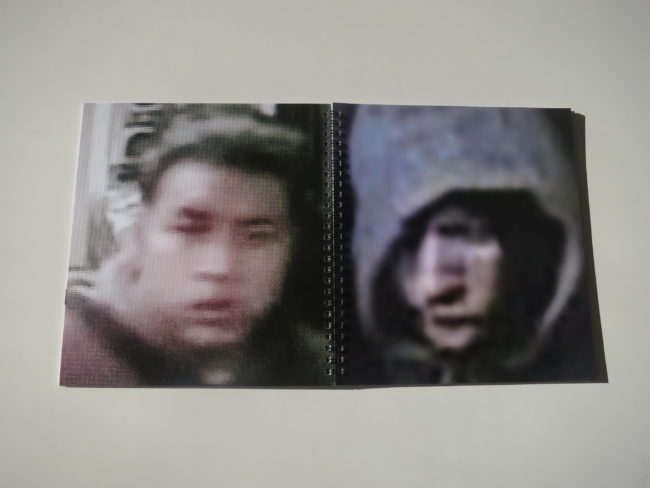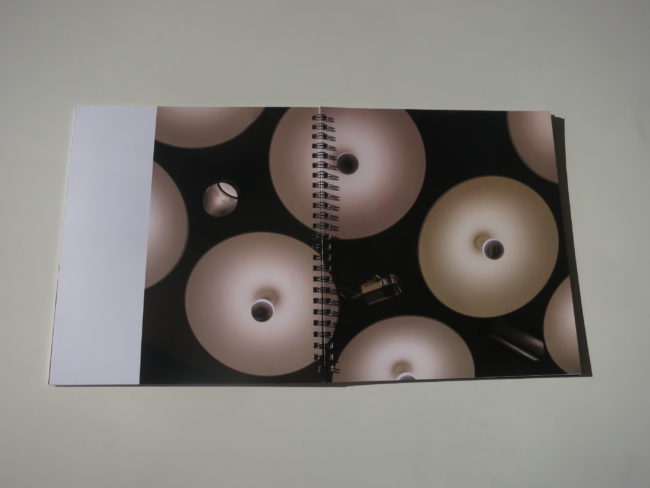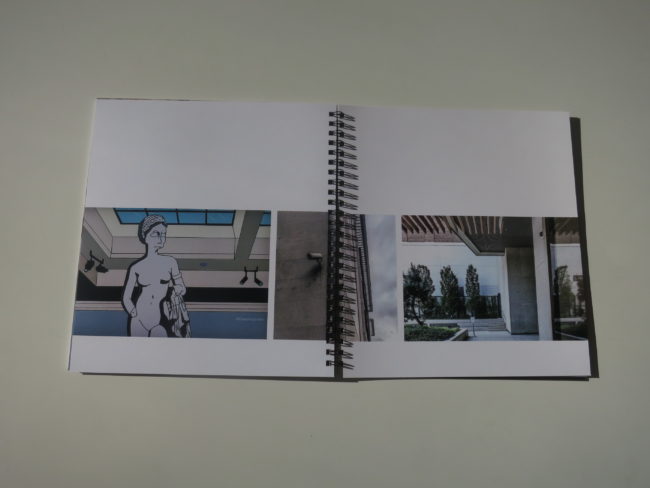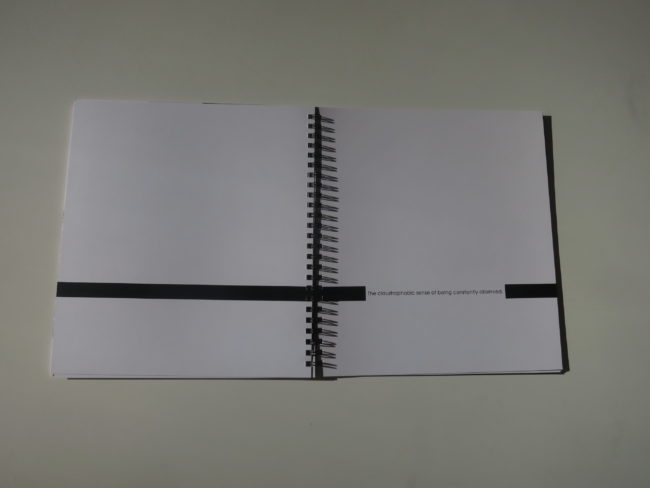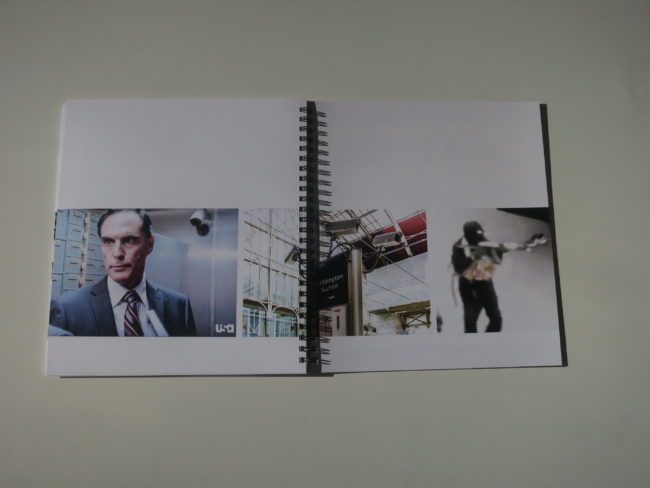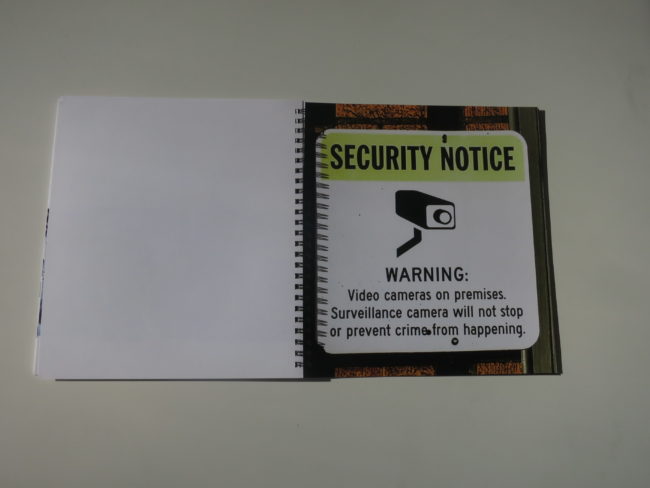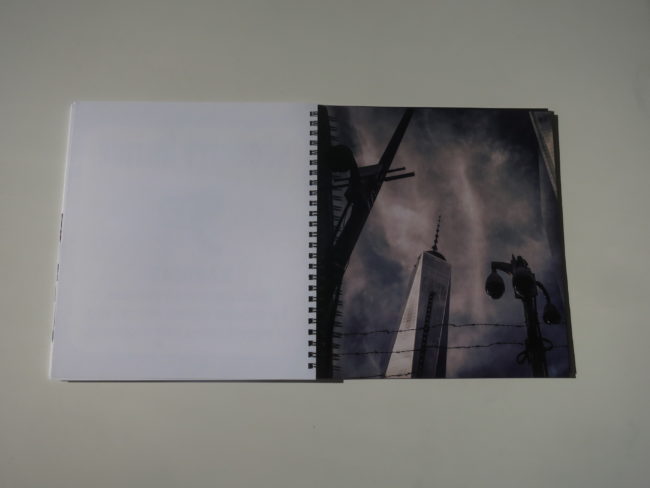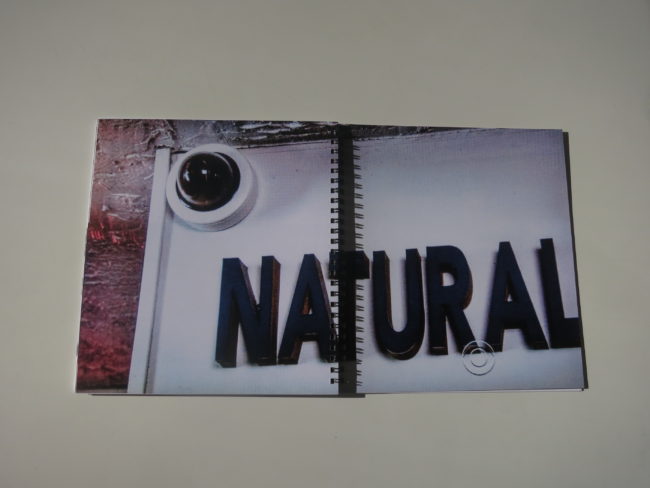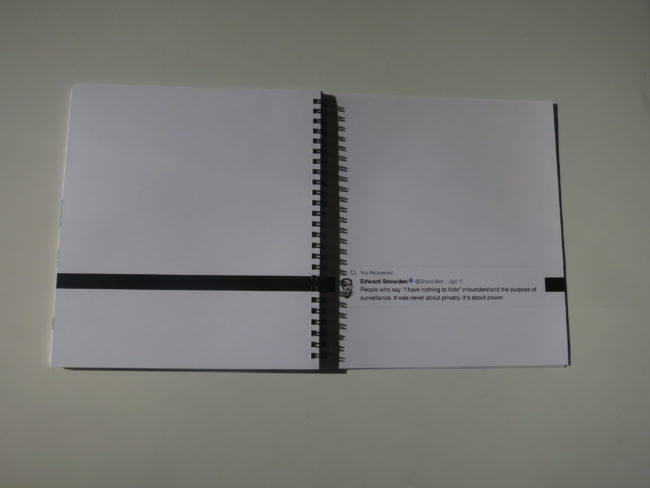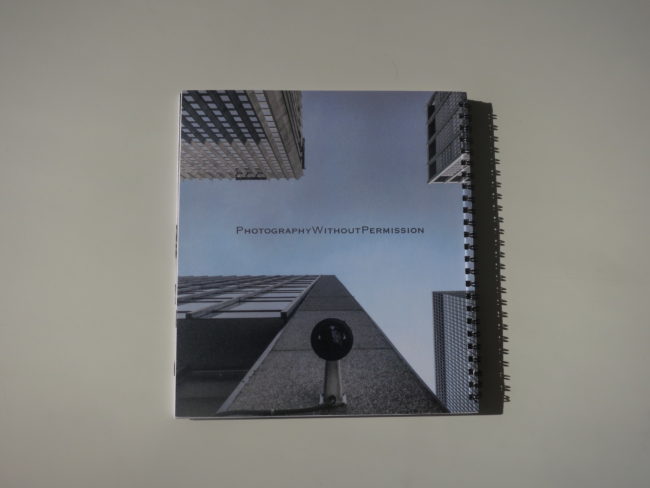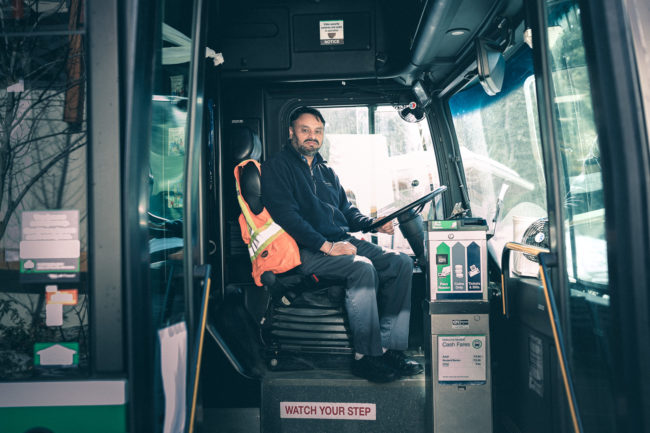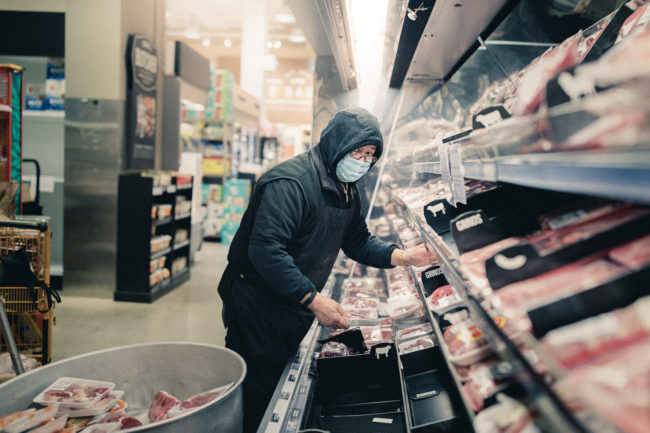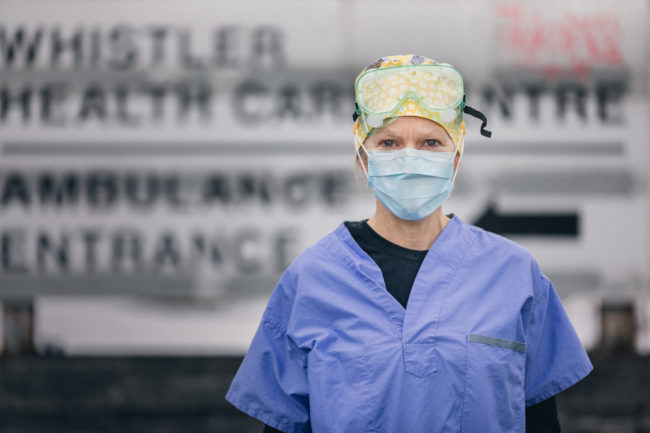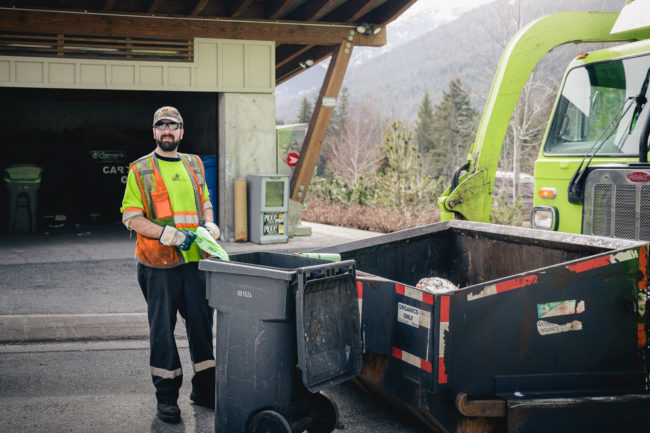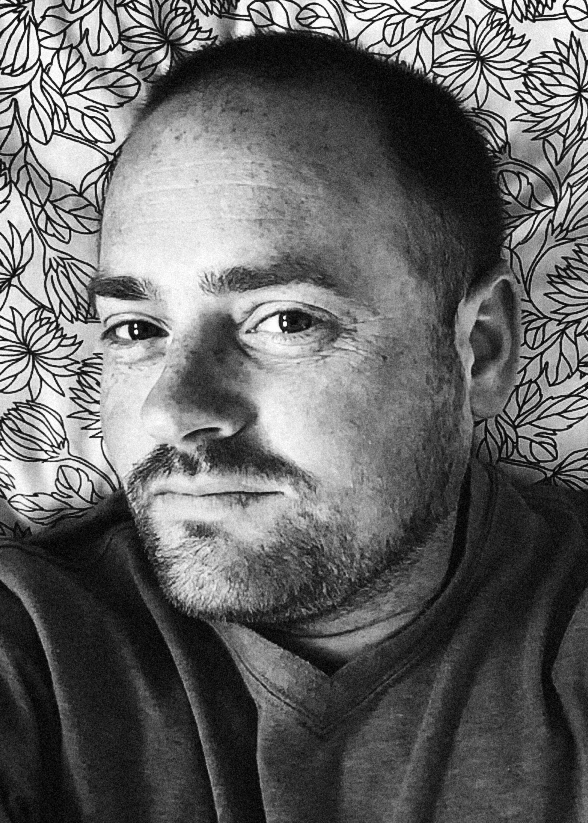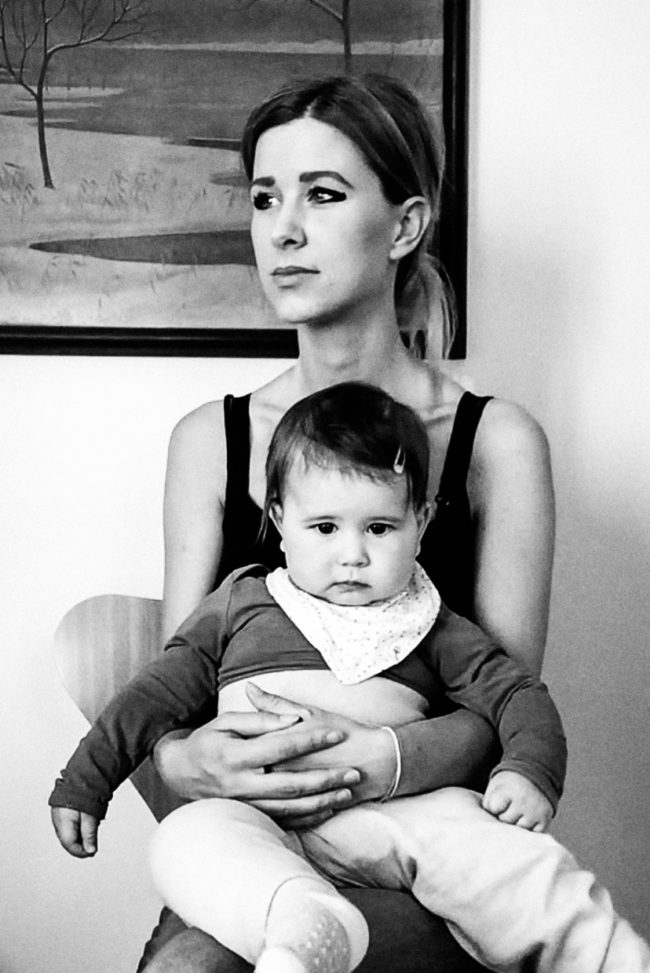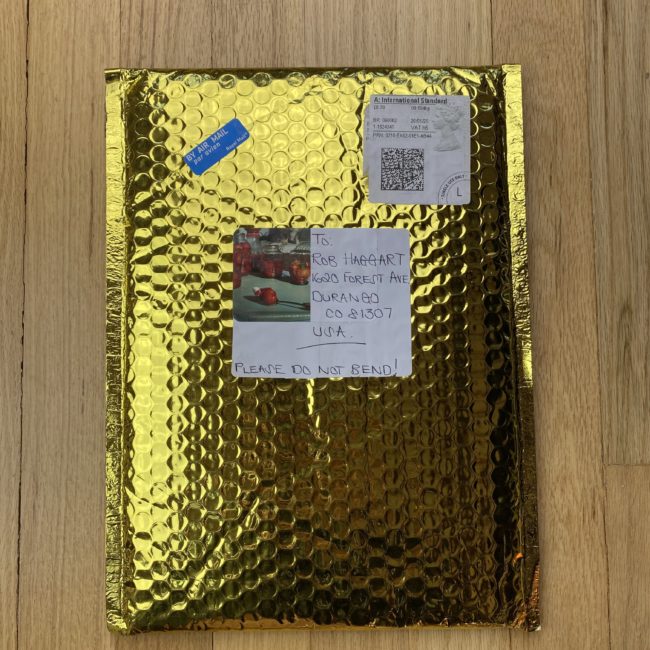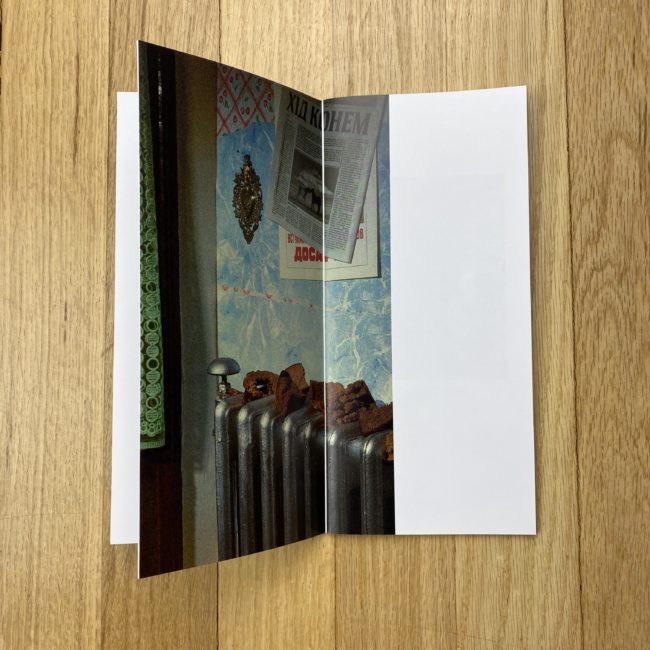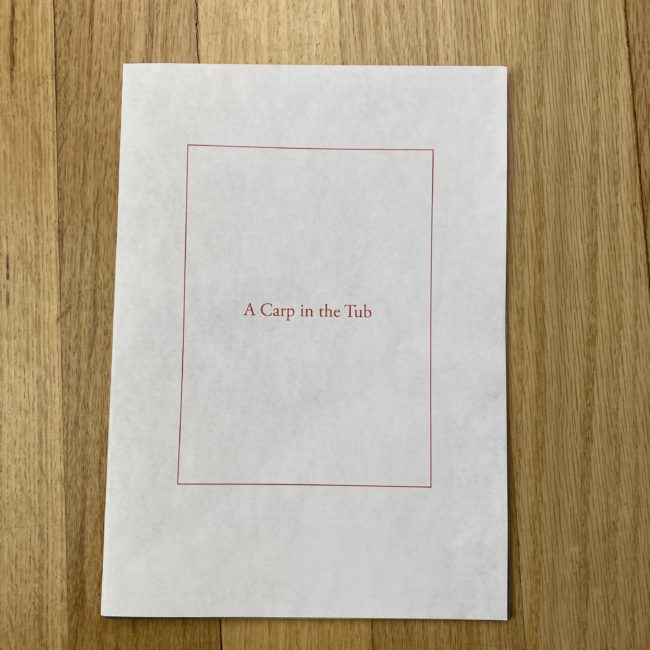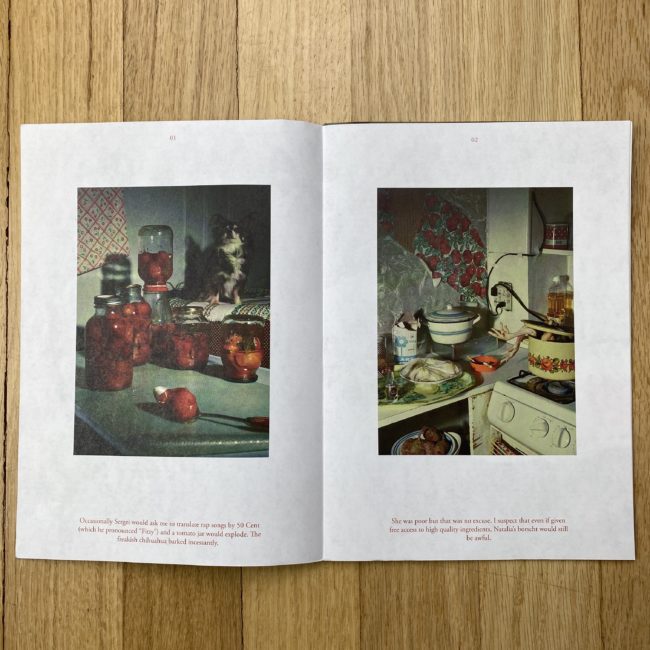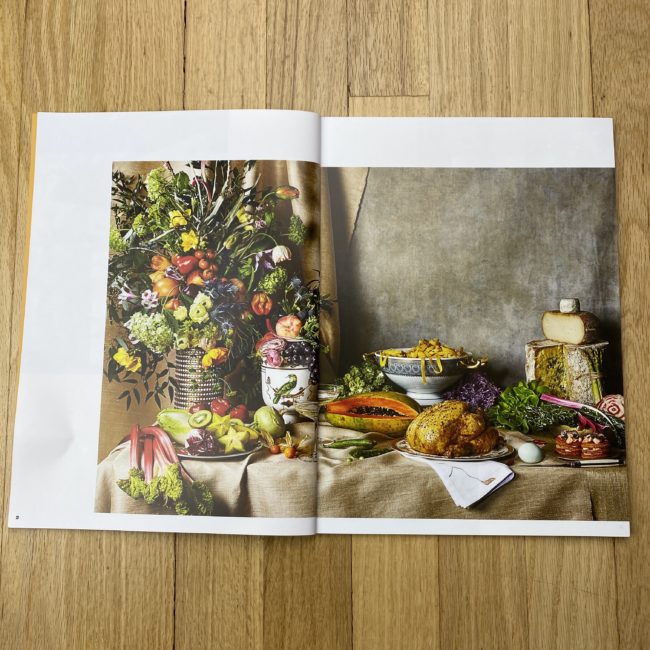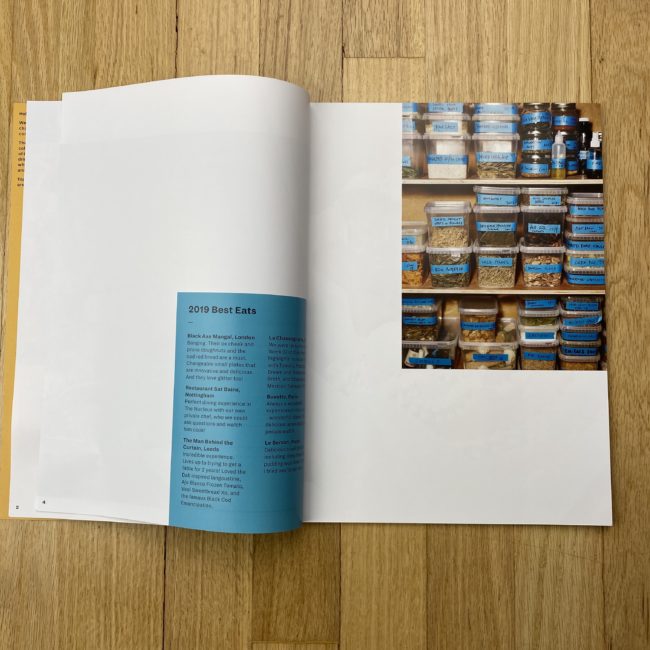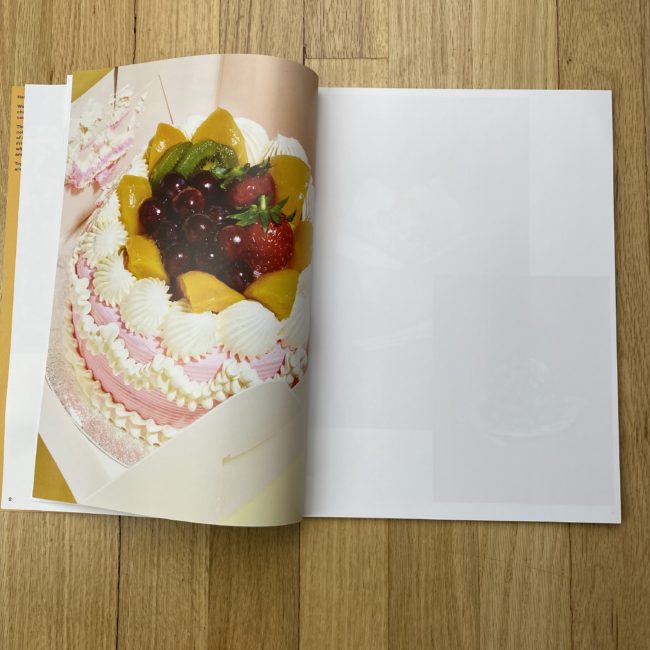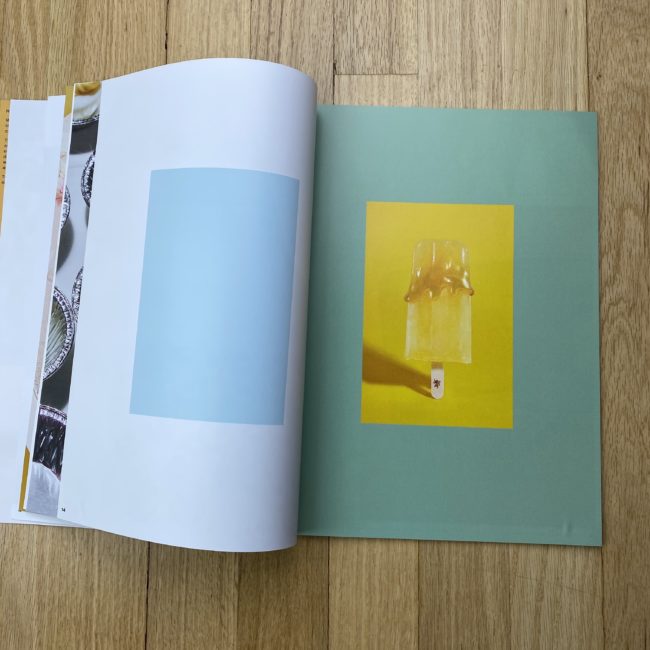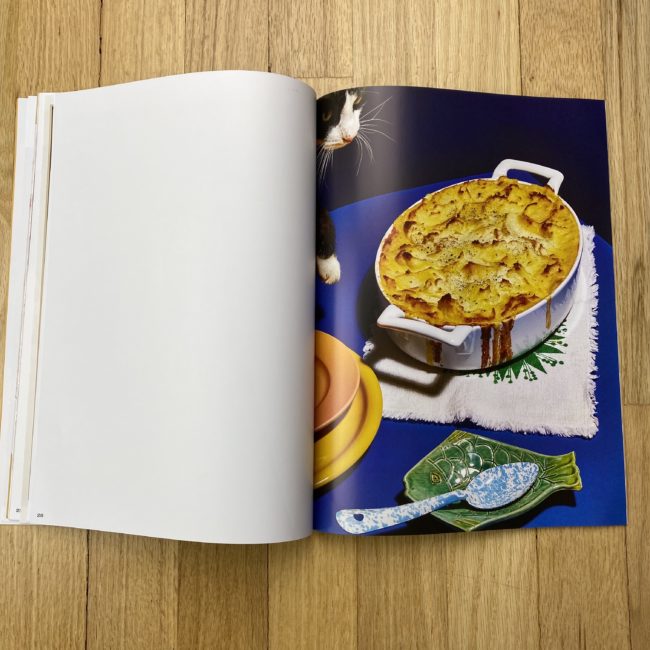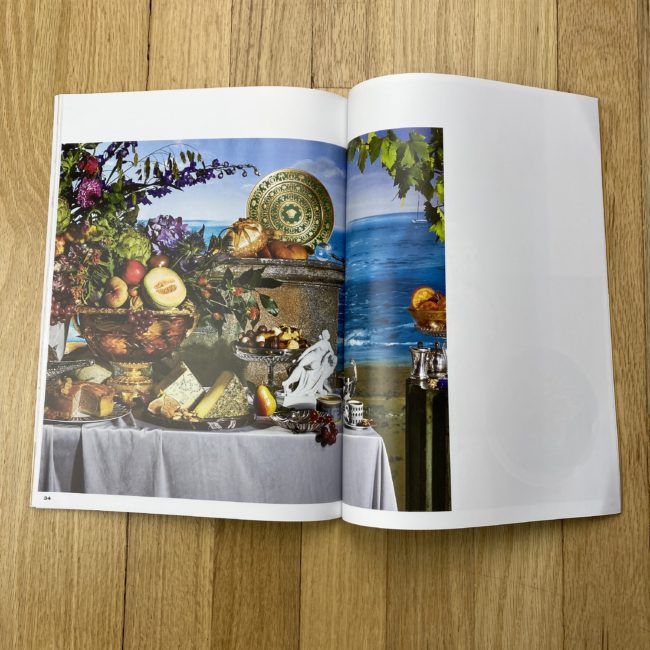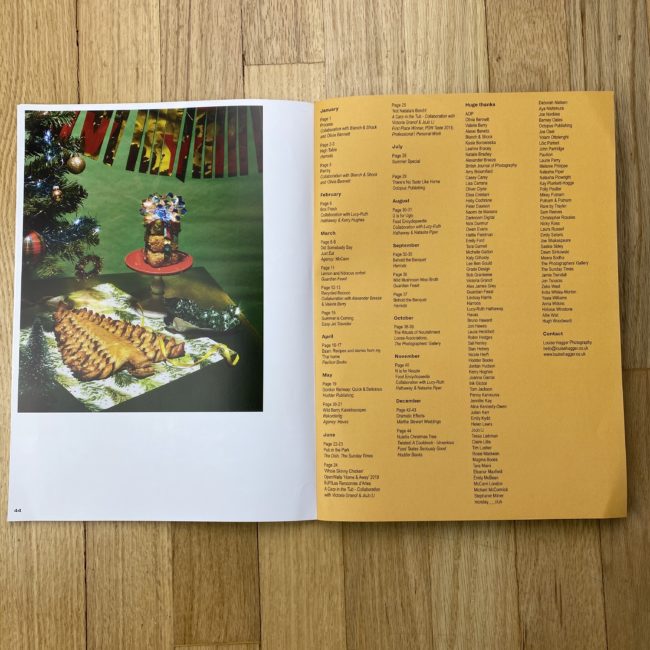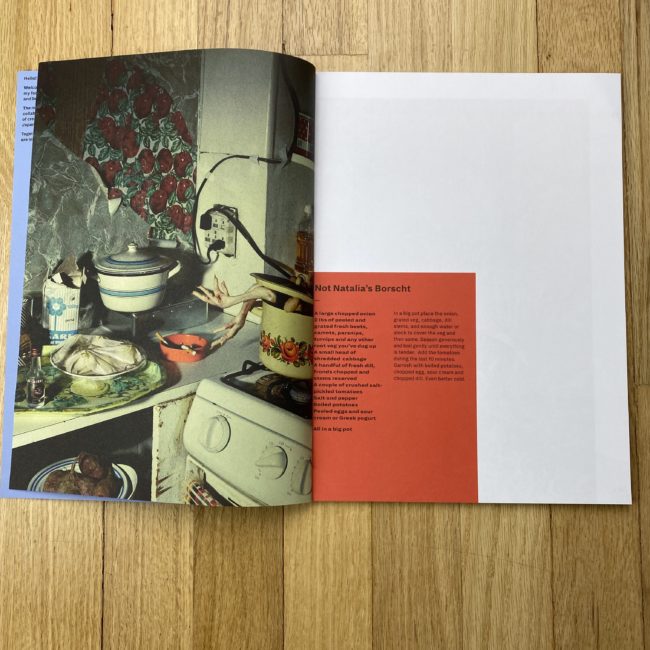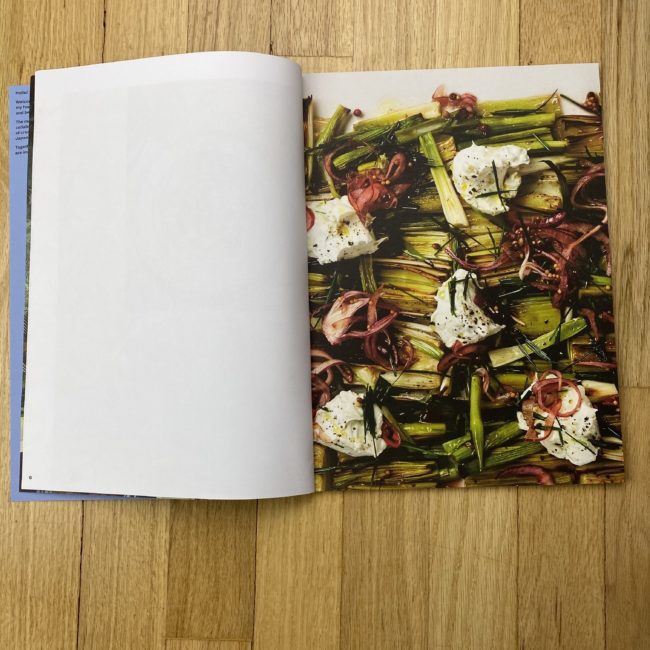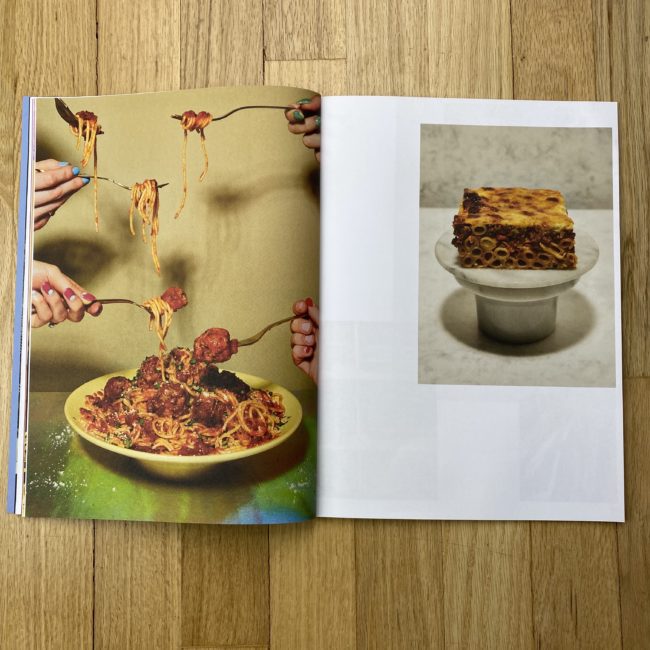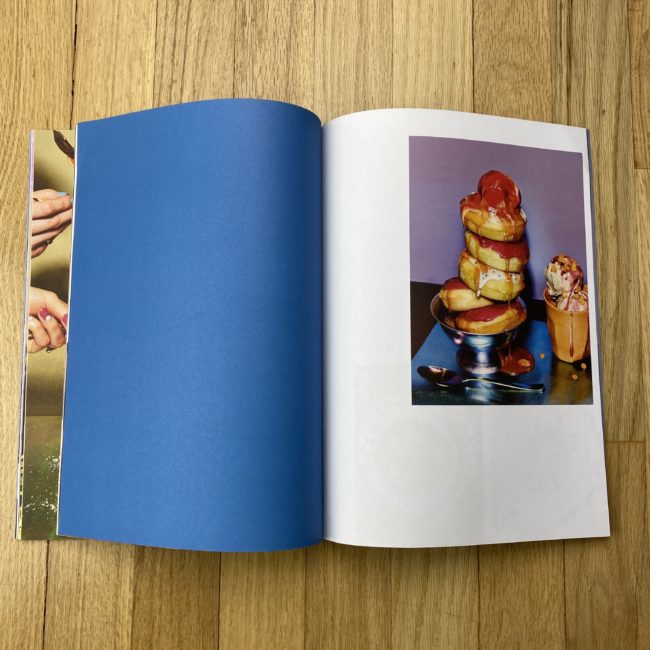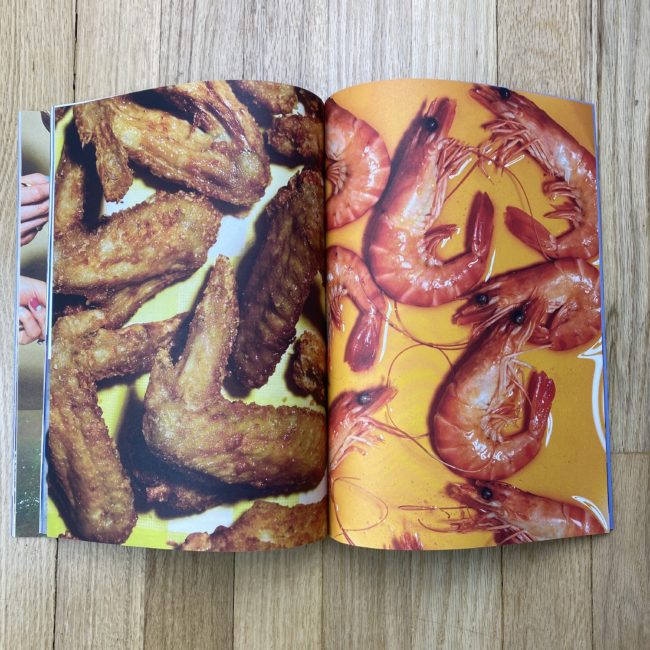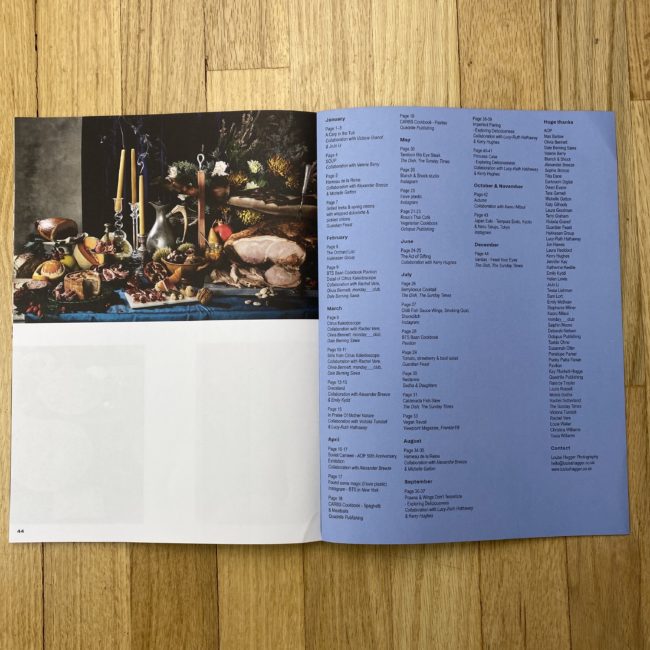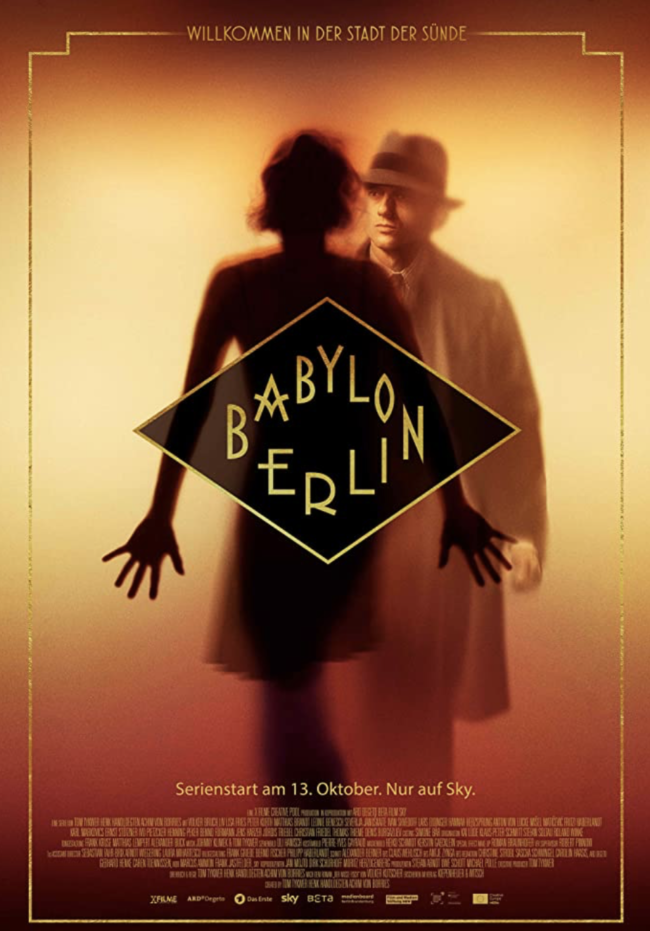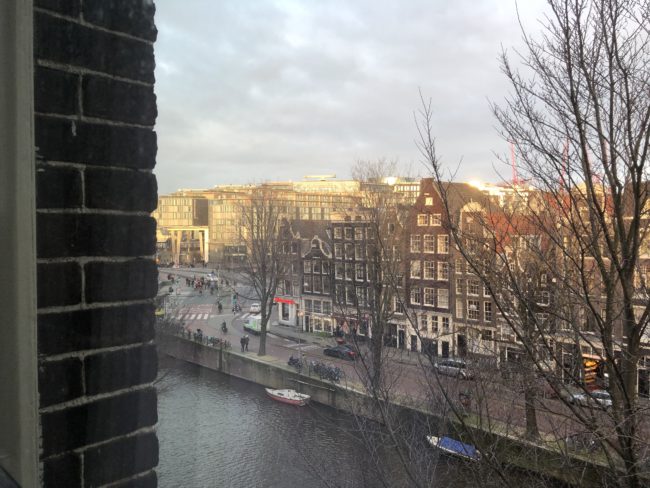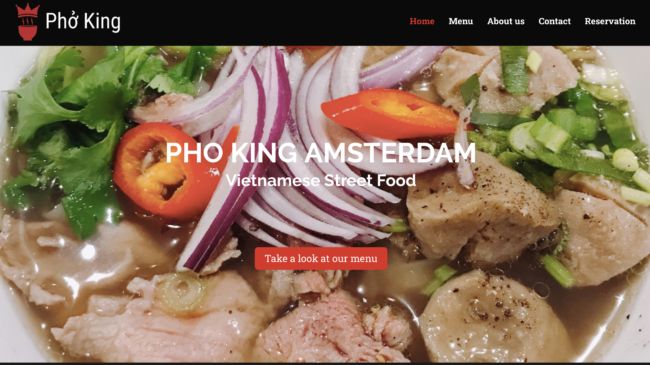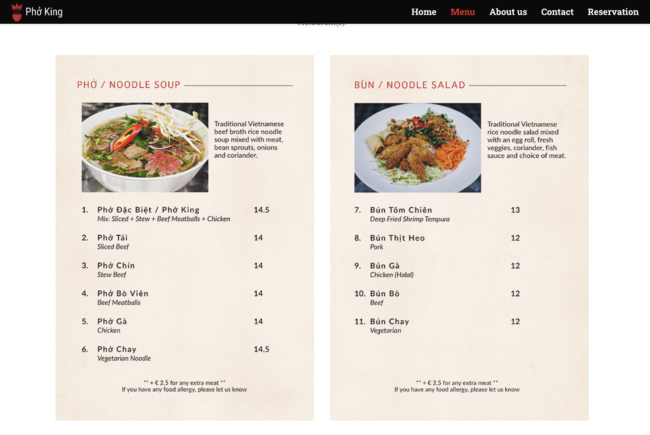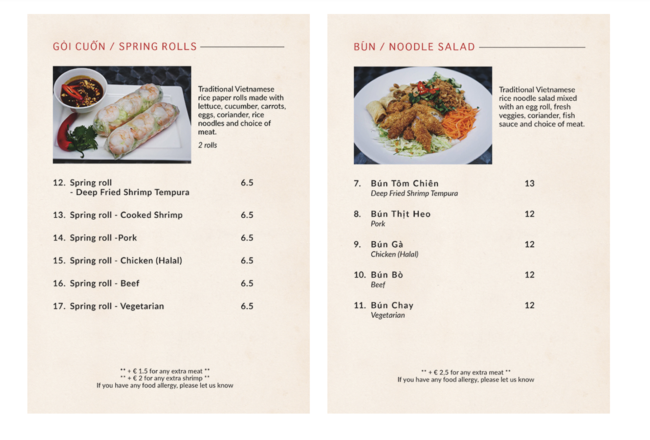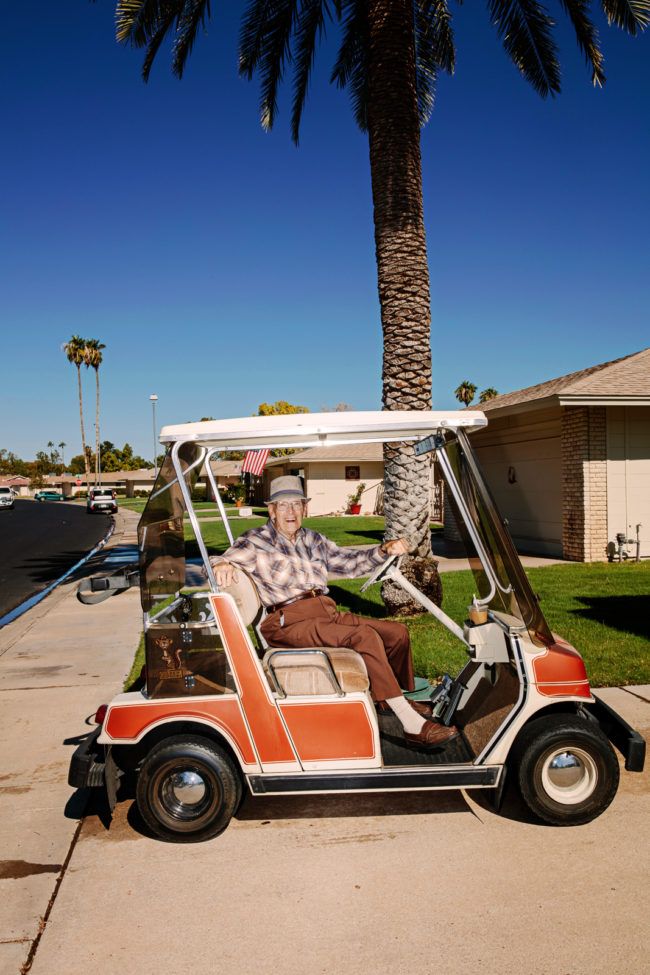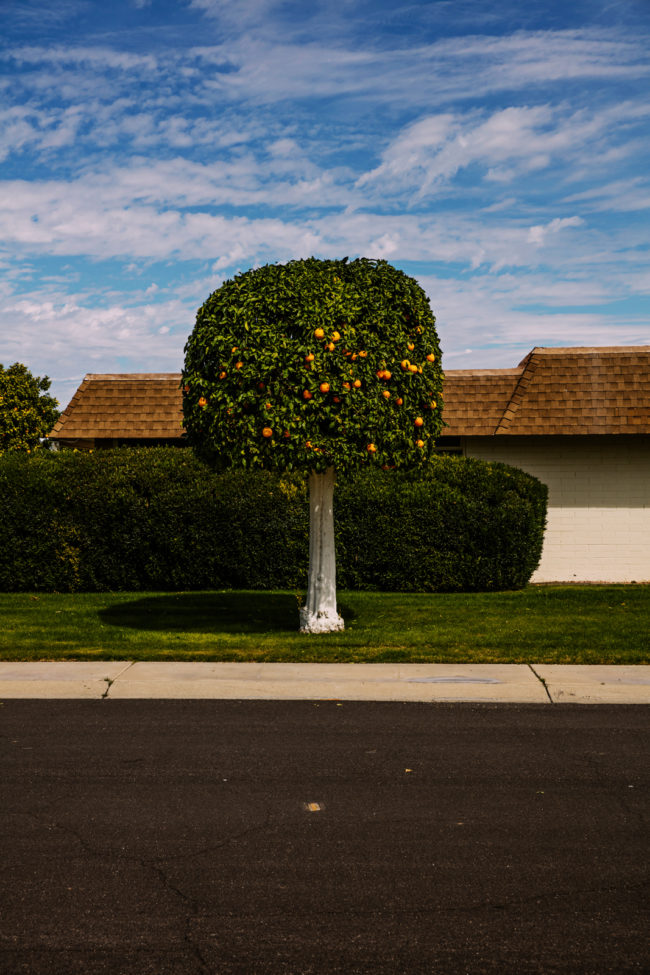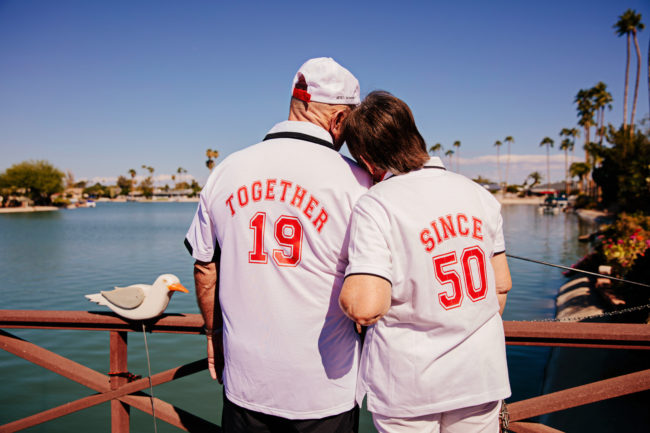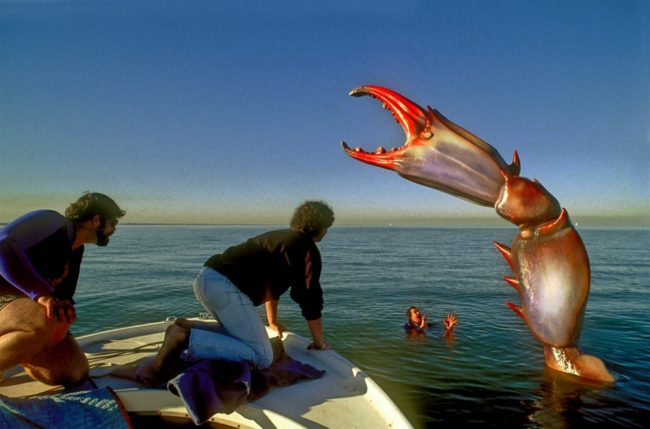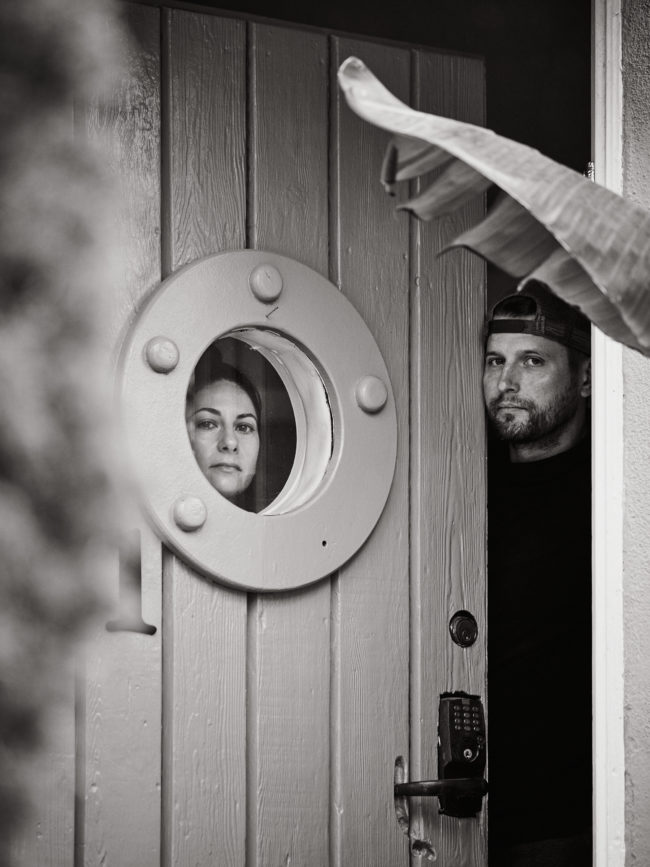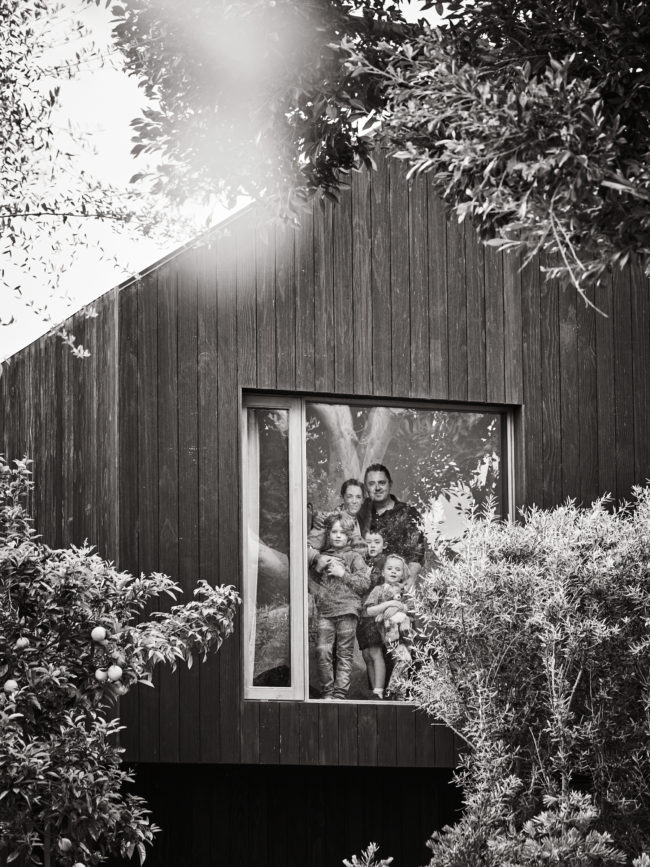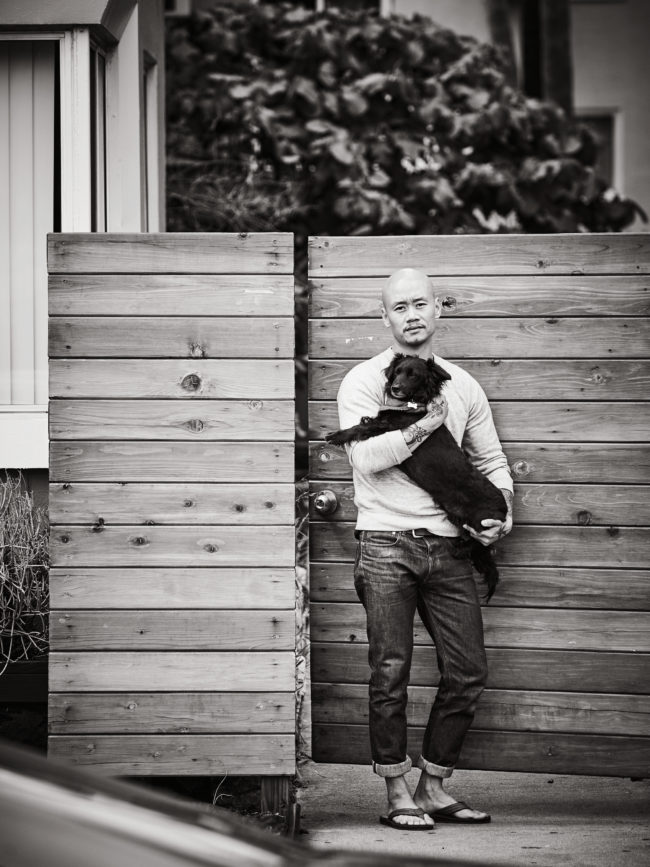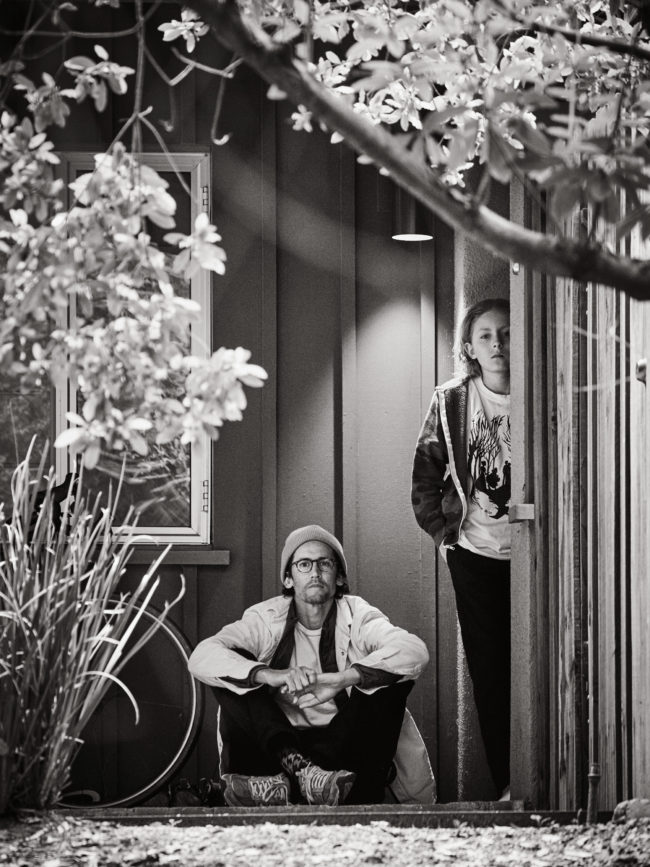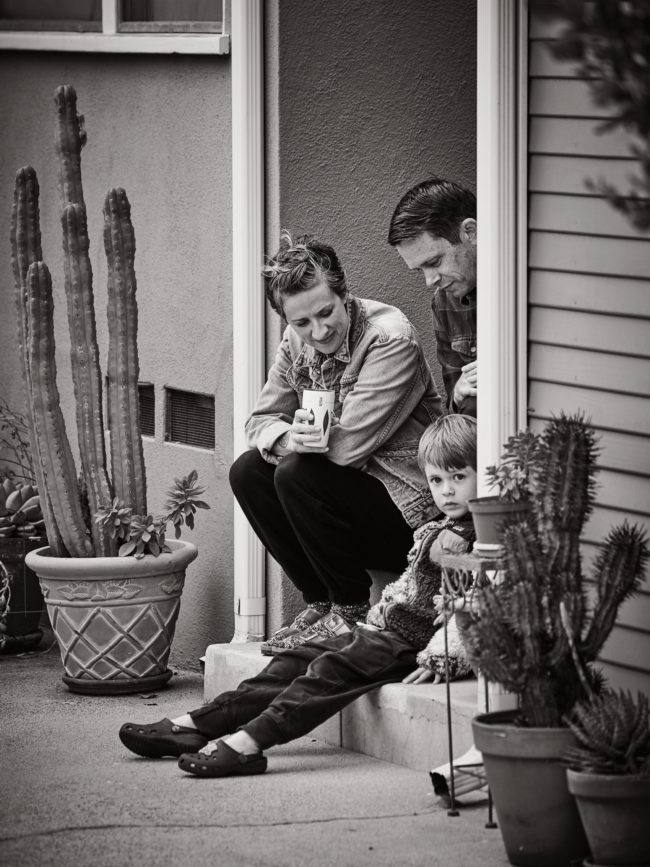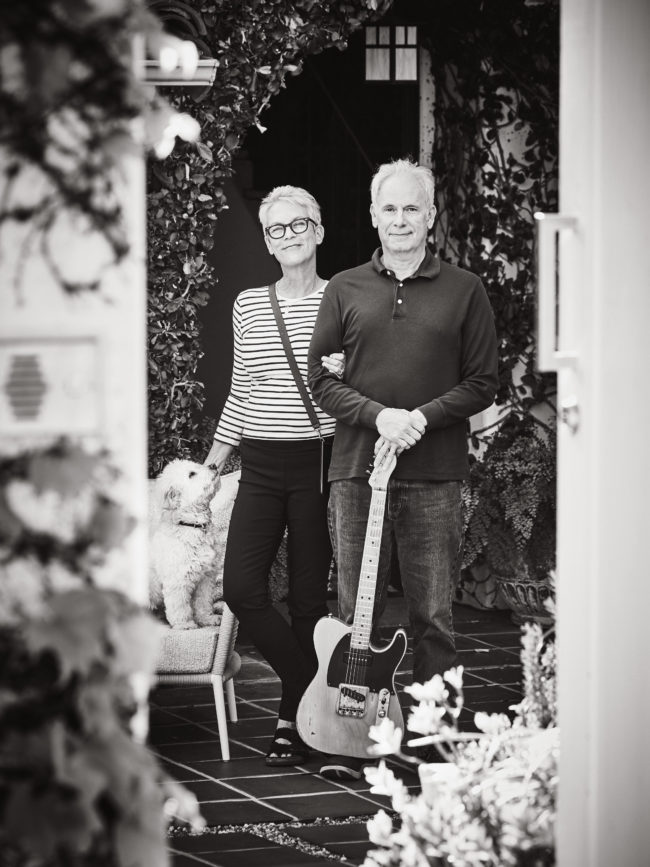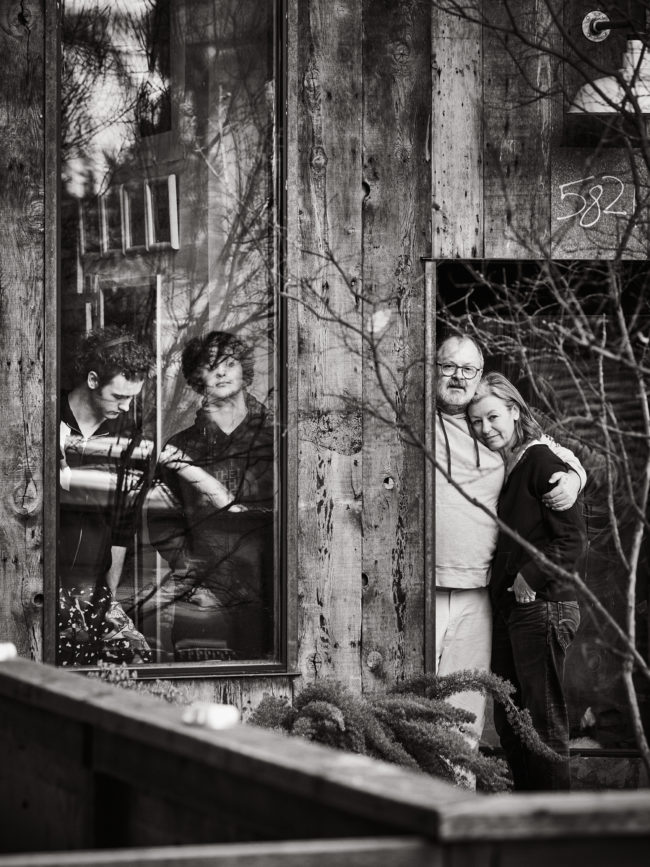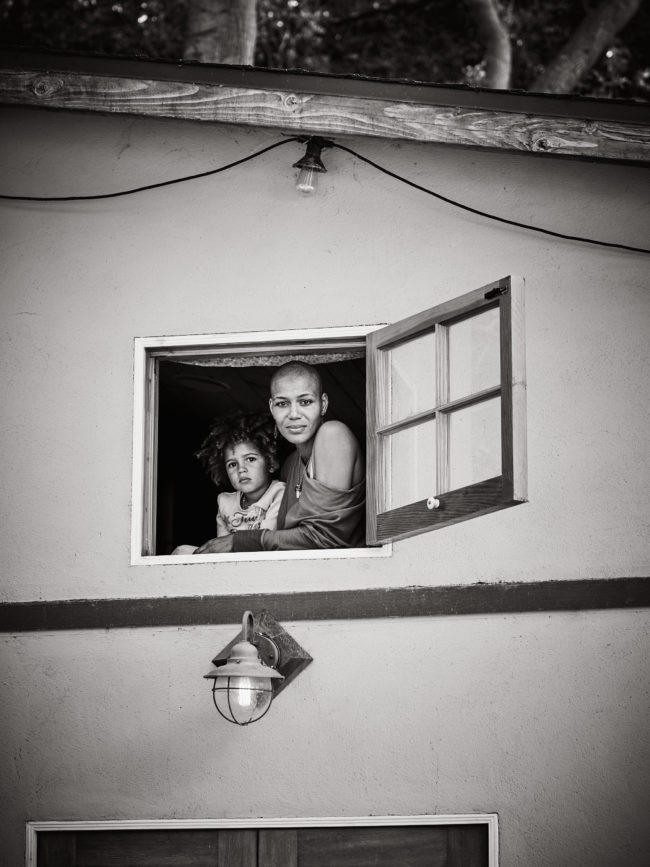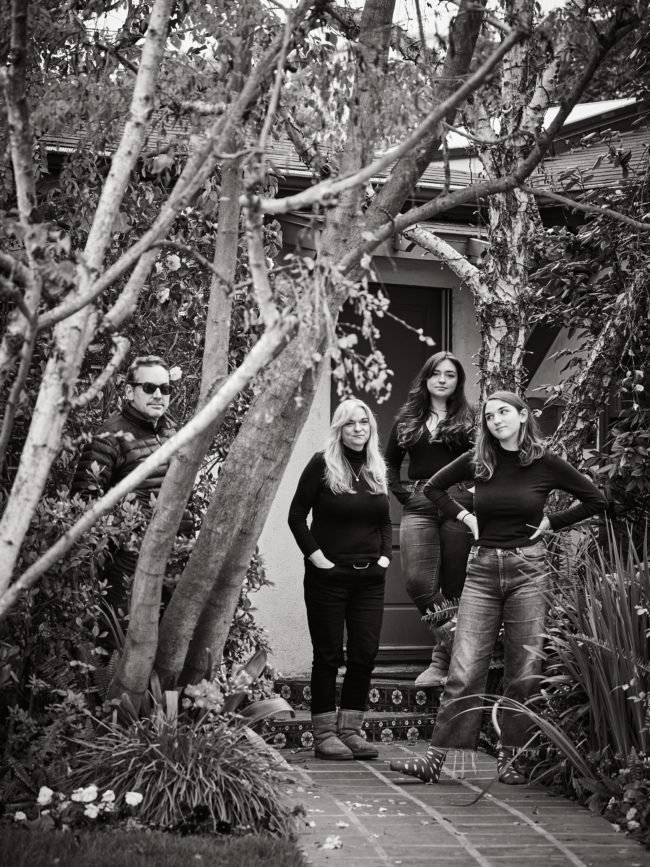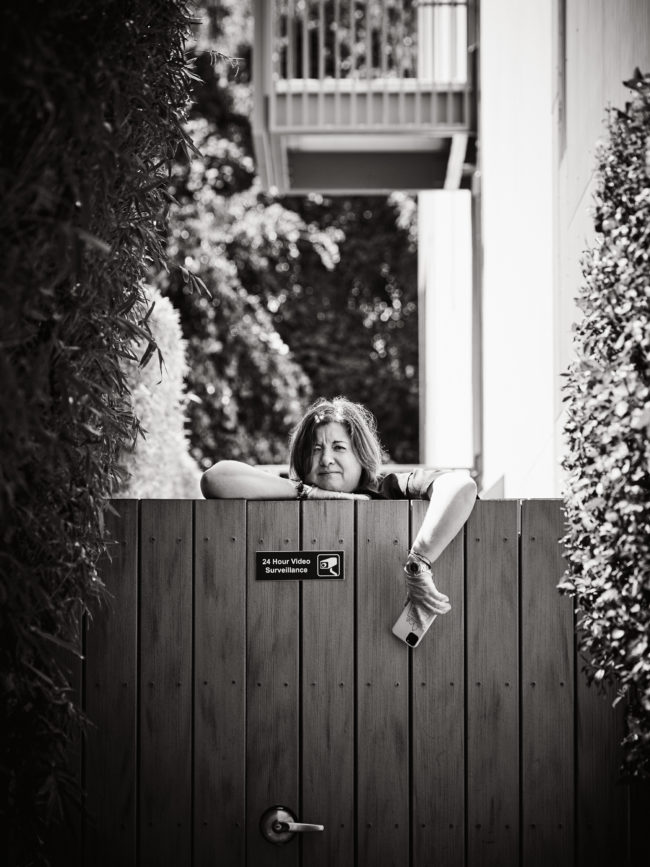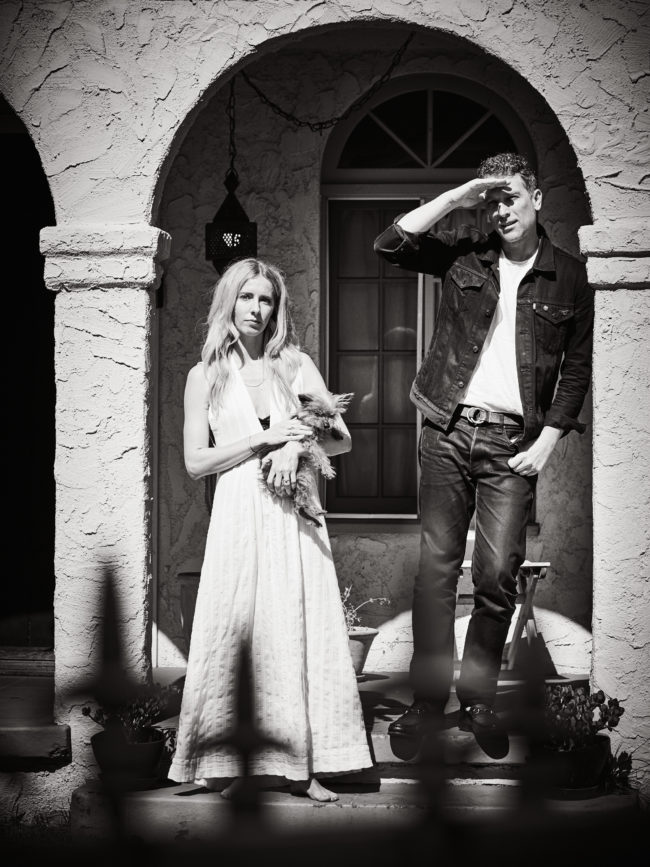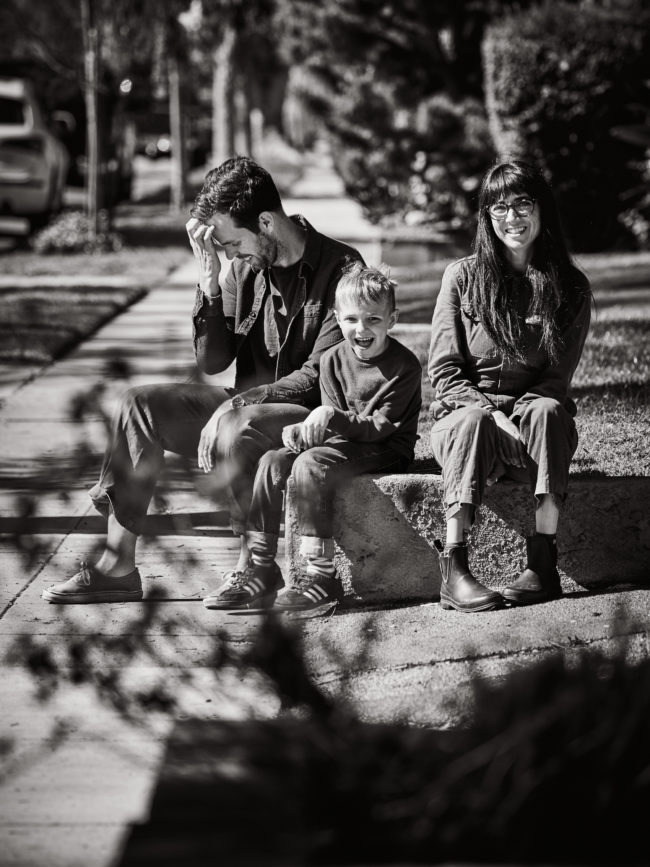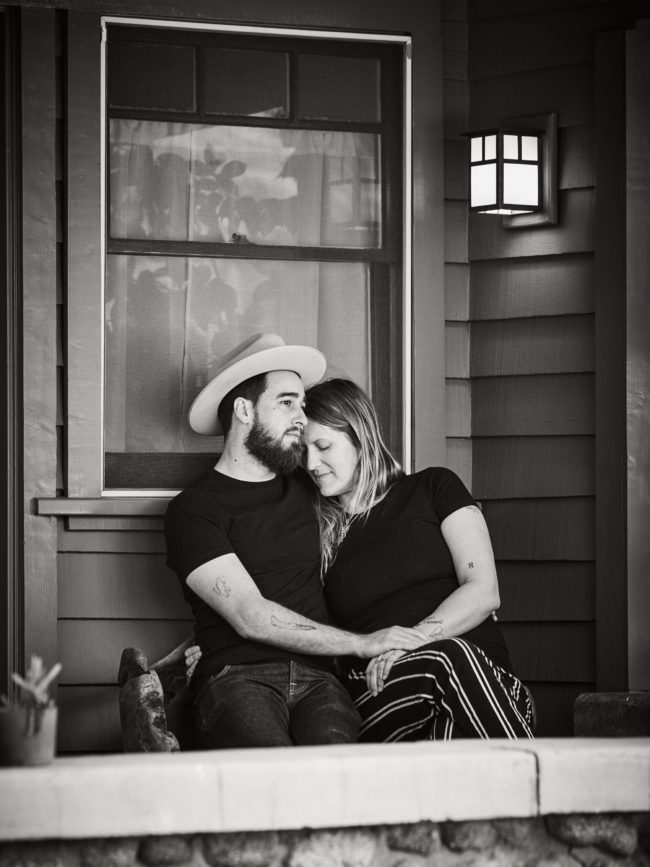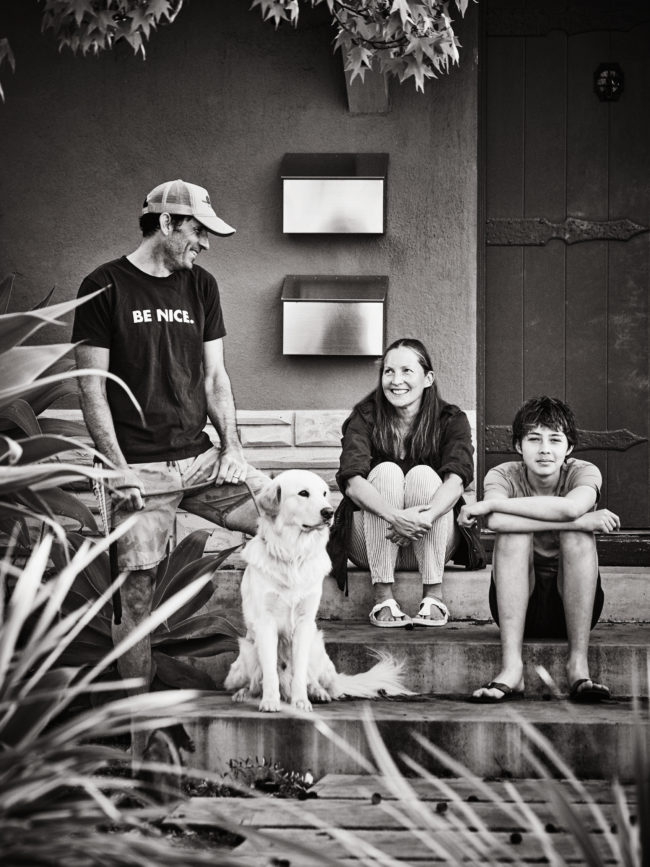Part 1: the Intro
I was watching “Project Runway” with my family last night.
(Well, that’s not exactly true.)
They call it “Making the Cut” now, though it’s still Tim Gunn and Heidi Klum leading a panel of judges on a fashion design competition.
(They rebooted “Project Runway” with younger hosts, and Amazon bought the high-end talent, much like “Top Gear” begat “The Grand Tour.”)
Anyway, (spoiler alert,) on episode 6, the judges were just about to cut an Israeli designer who’d won the previous week. Her victory had gone against the run of play, and then she reverted to her regular poor form.
Despite the ugliness of the clothes she’d made, in gross yellows and blues that were tacky, (and cheap looking,) no less a hardcore critic than Naomi Campbell was defending the woman to the other three judges.
Pleading, really.
Naomi Campbell, the supermodel known for throwing things at people, for tantrums, and whom my kids had called the toughest judge earlier in the series, was being sweet, and compassionate, going to bat for the young Israeli woman.
She gave it all she had, truly.
And then when they asked Heidi, an Italian influencer judge, and Joseph Altuzzara if she’d changed their minds, one at a time they said no.
They made the right call, as the contestant’s awful clothes that week, and tepid efforts earlier, left her as the least talented or capable designer at that point.
I tell you all this, because the best part was watching the look in Naomi Campbell’s eyes as the cold, serious Heidi, and the others said no to her.
It was like someone being told no for the first time in their lives. I could feel her pupils dialing millisecond by millisecond.
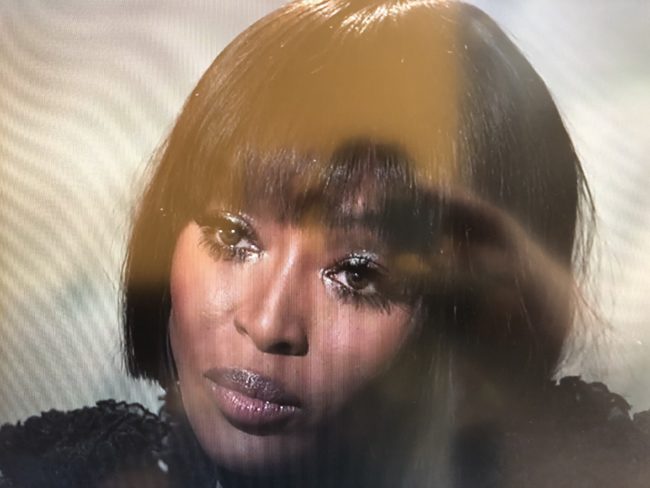
She took it well, god bless her, but it was highly entertaining.
I could read her mind, as she thought, “Rules? There are no rules!”
And like Naomi, I tend to agree, when it comes to creativity. (Give or take.)
There are no rules with this column.
It’s a part of what’s kept it fresh over 8.5 years, each week.
Now, we’re stuck in our homes, and can’t go anywhere.
So I tried to force myself to write about Amsterdam today, but my creativity was letting me know it wasn’t quite ready yet. And I just did two book reviews. No book review today!
Just as I was wracking my brain, the computer beeped from FaceTime, and it took me a second to recognize the ring.
It was my friend Richard Bram, calling from London to check up on me, because I’d tweeted the day before that my mental health was cracking.
I met Richard on Twitter 10 years ago, and he’s been in this column many times before. (He’s Zamir to my Tony.)
But I met two other friends on Twitter as well, and they both live in England.
That’s three IRL friends I made on Twitter.
All in England, and I visited with each last year. Honestly, I always had this article in mind, but never got around to it.
So today, we’re going back to London, in May of #2019.
Part 2: A Monday in London
Shortly before arriving in England, I changed my plans, and asked Hugo if I could stay in his place for six nights.
It was a big ask, but he’s gracious, and I cooked, cleaned, and was out most days, all day long, to minimize my impact.
Still, I thought it wise to take a day trip out of town.
I was aware of Colin Pantall from Twitter, years ago, and knew he was a great blogger. But we’d never interacted much directly, that I can remember.
8 years of reading someone’s tweets and you get a sense of their taste and character, I guess. So I sent him a DM and told him I was in England, and would he be around London by any chance?
He wrote back pretty quickly, and said I was welcome to come visit him in Bath.
I looked up “Best Day Trips from London,” and sure enough, Bath was near the top of the list.
(Less than an hour and half by train to the West, on the way to Bristol.)
I wrote back sure, and he wrote back let’s do it, and then we made a plan to meet somewhere tangible, at a set time, because as I’ve said many times, my Verizon phone wasn’t working.
Once done, I hit up Brian David Stevens, another photographer with whom I’d been trading jokes and silly links on Twitter for years. I also knew he was a good photographer, having reviewed one of his books years ago, and I kept up with his exhibitions via social media.
He suggested we meet near a train platform in Paddington Station, at the coffee cart, because it would be easy to find. I had a rough idea what he looked like, and I’m sure he had the same, so when he walked up, though we’d never occupied the same continent before, it was as if I knew him.
Because I did know him.
(The digital him.)
And now, in the #2020 pandemic, that stands in as real enough, doesn’t it?
I told him I was in no rush, and could grab a train in a while, as my meeting with Colin was late in the day. (I asked if he knew Colin, and he said he did, digitally.)
We walked out of the station, and he took me around the block a bit. I remember taking some nice photos, so it’s cool I can share them here.
He told me he knew West London well, because most Londoners stuck with the quadrant of the city they lived in when they first moved there. Even if they changed houses, or neighborhoods, they tended to stick to East, West, North or South, depending.
He was a West London guy. Felt comfortable there, though he later admitted he and his wife were leaving the city for a house in the burbs.
I was ready for a coffee and croissant, as I wasn’t eating much those days, and needed a top up. So we cruised a few more blocks, and came to a likely contender.
Up just 50 yards from there corner there was a flashy looking cafe to the left, which caught my eye, and an understated one I barely realized was a cafe to our right.
I was inclined to the first, and Brian said we should go to the latter.
He’s the local, I thought, so of course he’ll know.
Turns out, it was the shop/cafe for über-trendy Monocle Magazine. And of course the young guy at the counter was a stone face hipster as well.
The coffee was good, and the baked goodies were good too. But I can’t say as I remember either a year later, but I could tell you about the pizza at Zia Lucia like it was still in my mouth.
Know what I mean?
Brian told me about a series he was working on, shooting pictures of a musician friend who’d tried to commit suicide.
Now, it’s a year later, and I’ve seen links to the work on Twitter.
We chatted for an hour or so, and then he walked me back to the train station, insisting on escorting me through the ticket office, where I’d get a better deal than the machines.
(You’d think it would be the other way around, but he was a local, I trusted him, and he saved me money.)
We said goodbye at the gate, and I headed down to what became a very comfortable train ride, replete with good wifi.
Part 3: The Baths.
When I told Brian I wanted to go to some hot springs in Bath, he told me that as far as he knew, you couldn’t go into the baths.
Meaning the famous Roman baths.
But I meant there was a resort in town, Thermae Bath Spa, with a decent day rate, where you could have a soak. (I saw something about it on the internet.)
I was right, and as I read you didn’t need a reservation, I turned up shortly after arriving in Bath, but unfortunately right after I ate a street sausage. (Bad call.)
I booked a spot in the outdoor communal tub, which was featured by itself, across the street, in its own private ancient courtyard.
No lie.
I turned up at the appropriate time, and waited where they told me to wait.
There was a young man sitting nearby, wearing a fedora, and he was singing to himself and making lots of noise. Rocking back and forth a bit too.
I moved away, but didn’t realize that since he was waiting where I was waiting, he was to be my tub mate, along with two other dudes.
So much for my plan to sit in silence, working out muscle kinks after a week of walking 15 miles a day.
I remember thinking, “You’ve got to be shitting me.” But it’s all true.
The tub had seen better days, if I’m being honest, but was more than nice enough. And the water was warm and soothing, if not hot.
It was the setting that was priceless, and I’d go back.
If I could.
But this dude swam around, singing, the entire fucking time.
And I did my best, martial-arts-Zen-monk-on-the-mountain routine to chill out my mind, and tune him out.
There was the sound of water flow, which also helped, and I was pretty happy, except for the one time I opened my eyes and caught him staring right at me.
Once done, I walked across the city, which is so, so beautiful, and met Colin at the outdoor cafe at the stately Holborne Museum.
I watched him approach from a park entrance, opposite from where I’d arrived, and was a bit surprised when he turned up. He was a tall, strapping guy, with graying hair, glasses, and a big, open smile.
(Like a slightly nerdy action hero.)
As with Brian, it was an immediate ease, though we’d never communicated outside Twitter, and we chatted for an hour and a half, easy.
When the cafe closed, he suggested we go for a walk, so I got a guided tour of the small city. I recall him telling me it was so very beautiful because money coming back from the slave trade had been pumped into the local architecture.
He thought it might be a fair English comp to Santa Fe, for its beauty, nature, and artsiness.
Jane Austen was mentioned.
Then the pub was discussed, and so we headed there. But not before stopping at a church, across the street, in the middle of a graveyard, where we met a man prepping an art exhibition for an upcoming Bath festival.
Colin took my picture in the graveyard, and then we went into the pub and had one too many. By the time we realized it was late, and dark, we were both hungry, and the train schedule suddenly got unfriendly.
From leaving every half hour, it appeared I’d need to catch a train getting me in well after 11 pm. (Not the best time to be coming home as a guest.)
We walked down the hill, through a secret staircase that led through a supermarket shortcut, (Waitrose, I think,) and then down to a Chinese restaurant Colin was fond of.
He’d lived and taught in the area for years, and like Brian before him, had an ease of movement through his town.
The place was closing, but they knew Colin, and we ordered two beef noodle bowls immediately. I think these folks came from Hong Kong, and the noodles had a flavor palette that was a bit new for me. (They hit the spot.)
Like Brian before him, (these polite Englishmen!) Colin also escorted me to the train platform, but we saw it was to be delayed.
He offered to wait with me, but drunk, and fed, I told him to head home to his family.
The wait for the train sucked, no lie, and walking through Paddington Station to catch the tube at 12:30 am was no fun either.
Much worse was the feeling, once I got back to Hugo’s, and crawled into bed, that I was going to throw up.
It was 2am by then.
Hugo and his girlfriend were sleeping a floor below, but there were open doors, and sound traveled.
If I woke them up, on my 5th night there, I’d never, ever be be invited back.
What to do?
I crept down the stairs, into the bathroom, and used my entire mind energy to vomit silently.
And it worked!
Can you imagine? Puking without making a sound?
Part 4: Meeting Richard
So I slept late the next day, and nearly blew Richard off. (We had longstanding lunch plans, though we’d already done Photo London together.)
He was gracious, and told me we could meet for a later lunch, so after I hit up the Arsenal store at the Emirates Stadium, for some swag, I took a train to a train to a train to see Richard.
If I recall, it required the overground, to get to his neighborhood, Limehouse, but wasn’t a terribly long or difficult trip. (Such great public transport.)
As good as Richard is at looking at art, he’s an equally excellent tour guide, and told me stories about buildings and streets in Limehouse, East London.
But, because I was hung over, I don’t remember the details. I think it used to be warehouses, given the waterfront location, but is now totally chic.
We ate in Ian McKellen’s pub, which I chronicled already, and took a stroll around the waterfront.
We went to his apartment, and his studio.
It was beautiful weather, and it felt so wonderful to be in the company of a good friend, IRL. The entire day, it didn’t even occur to me that we met on Twitter.
But yesterday, when my mental health was cracking, he saw my Tweet.
And today, he called to see how I was doing. (I was about to write my column, and rushed him off the phone.)
So I’m going to hang up on you guys now, and call Richard back, because that’s what friends are for.

